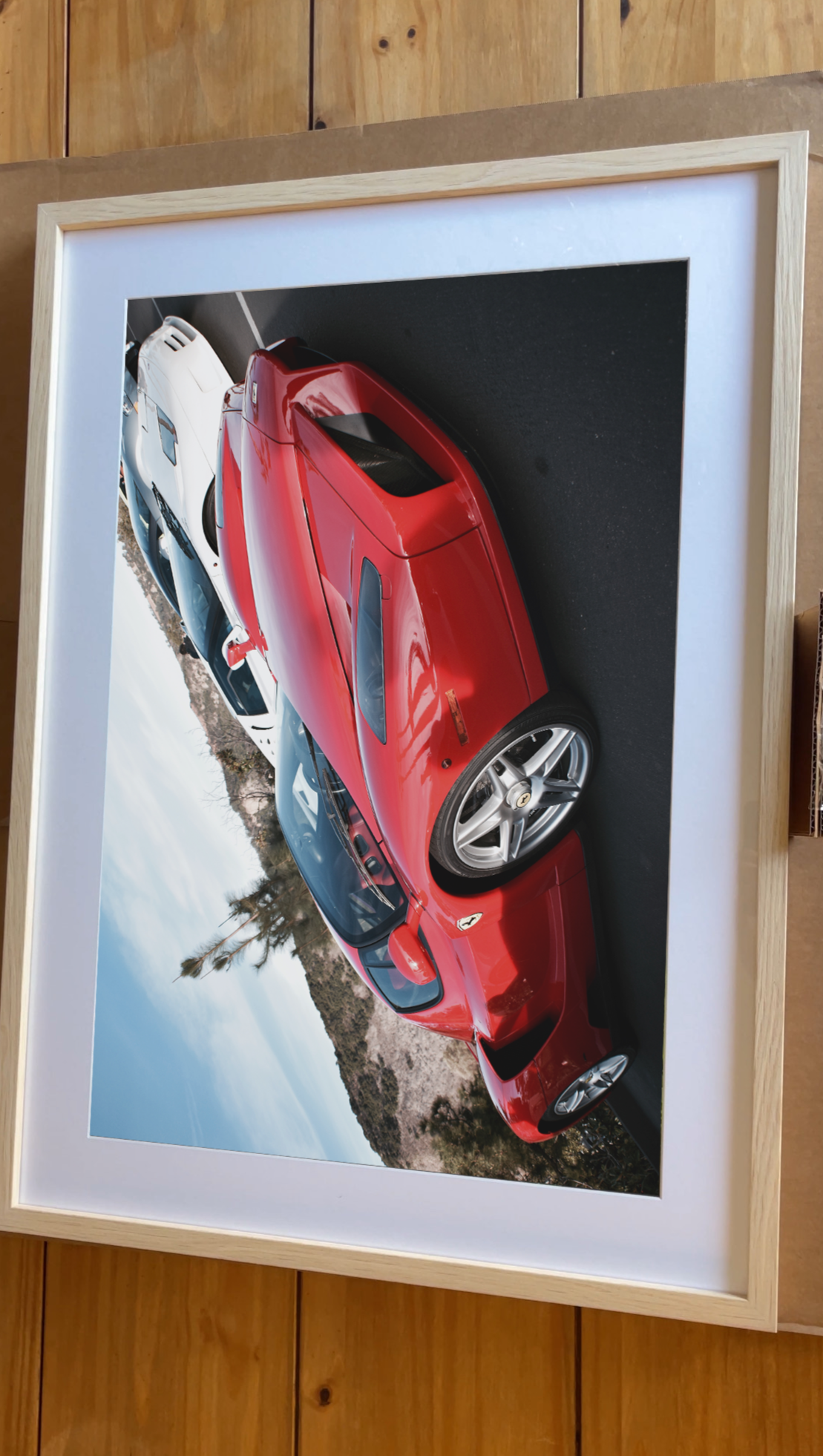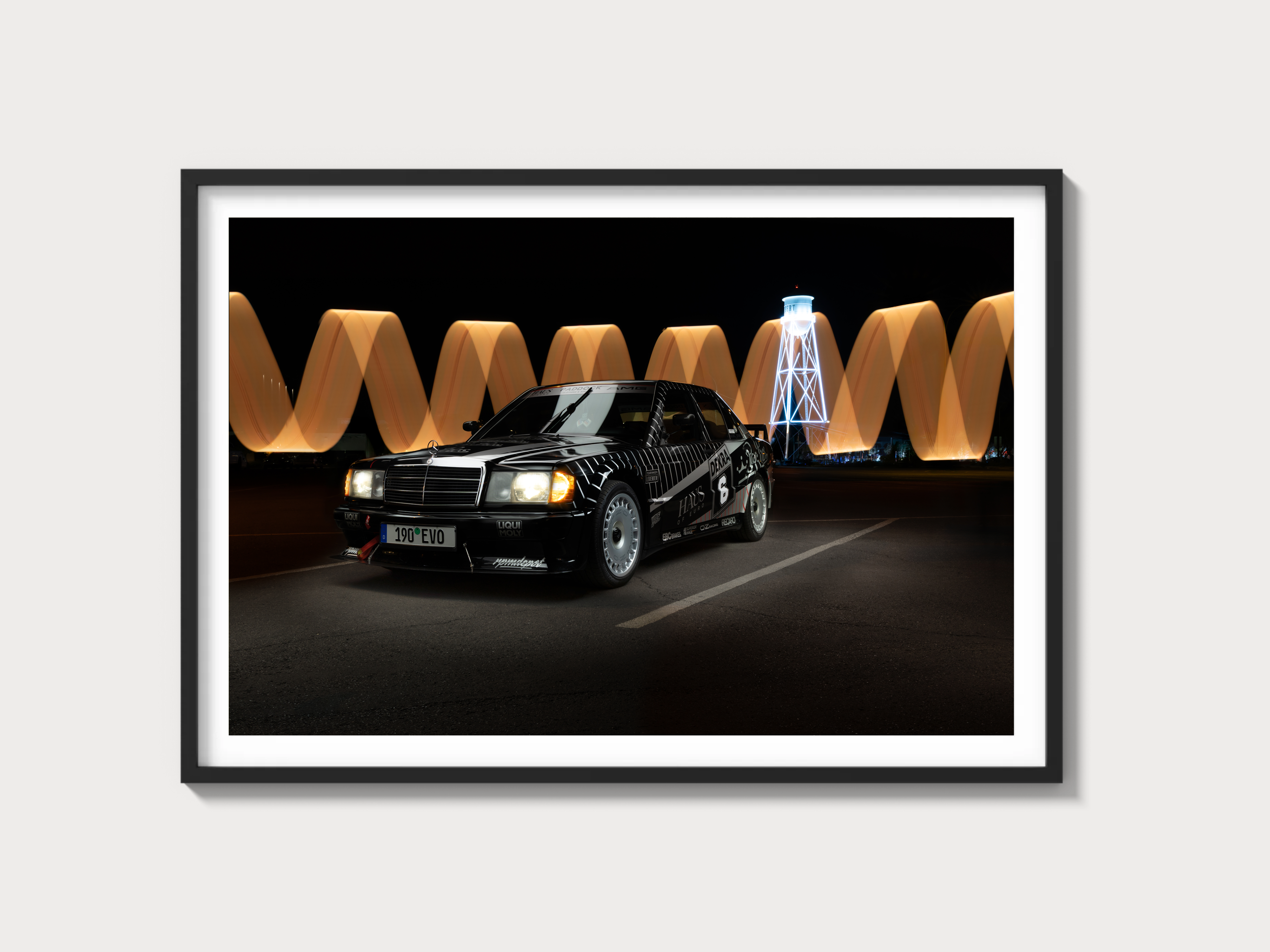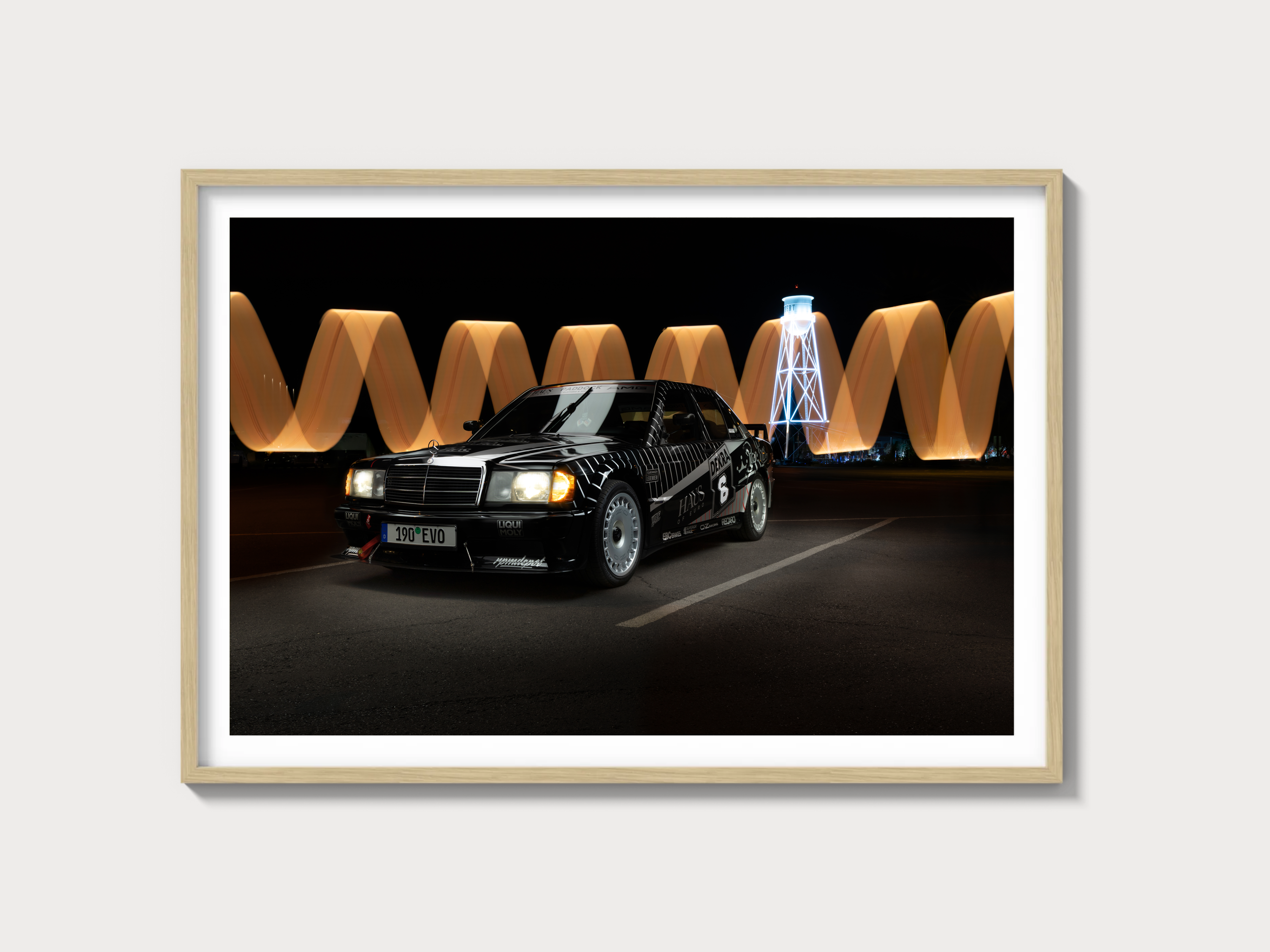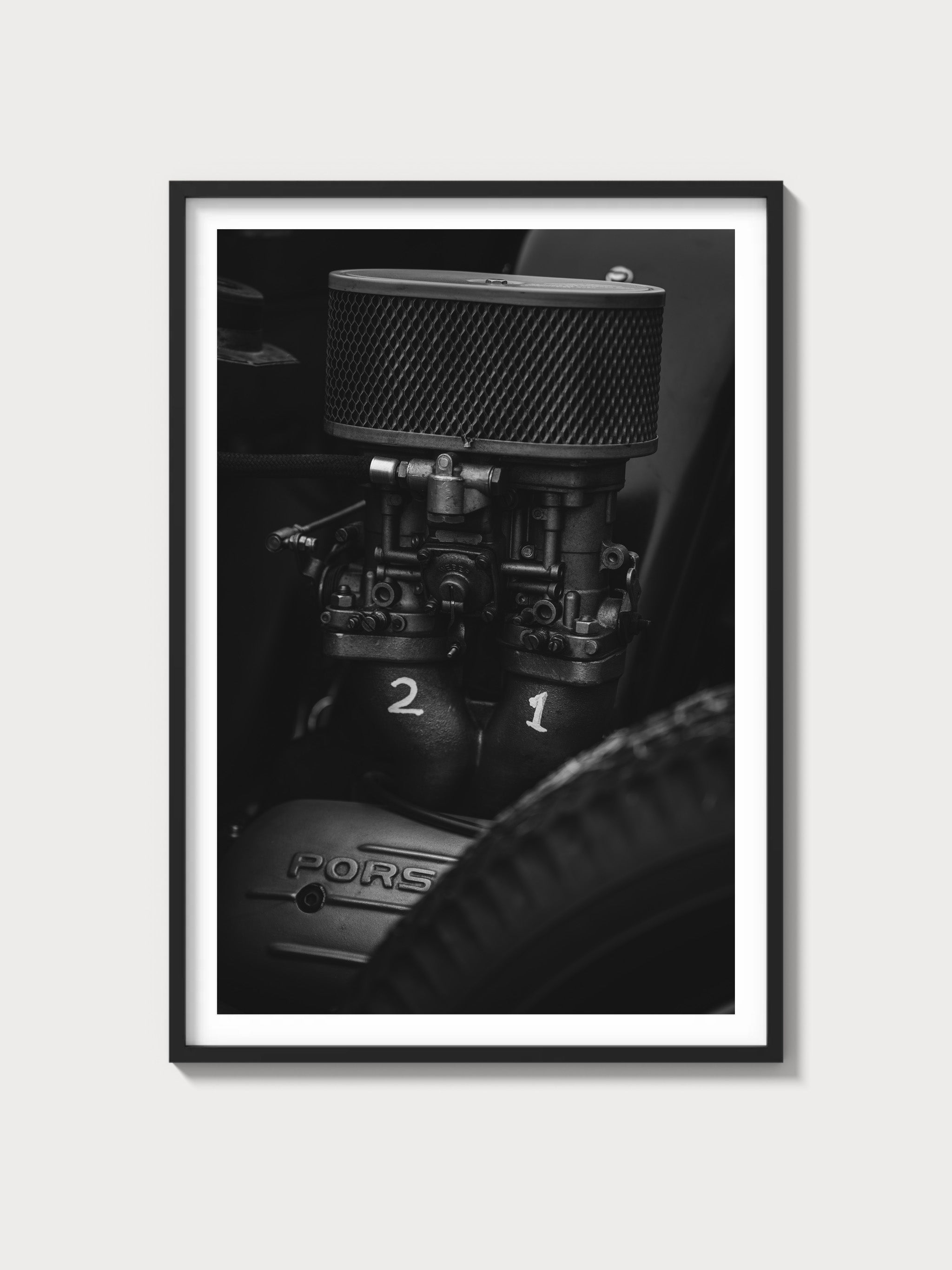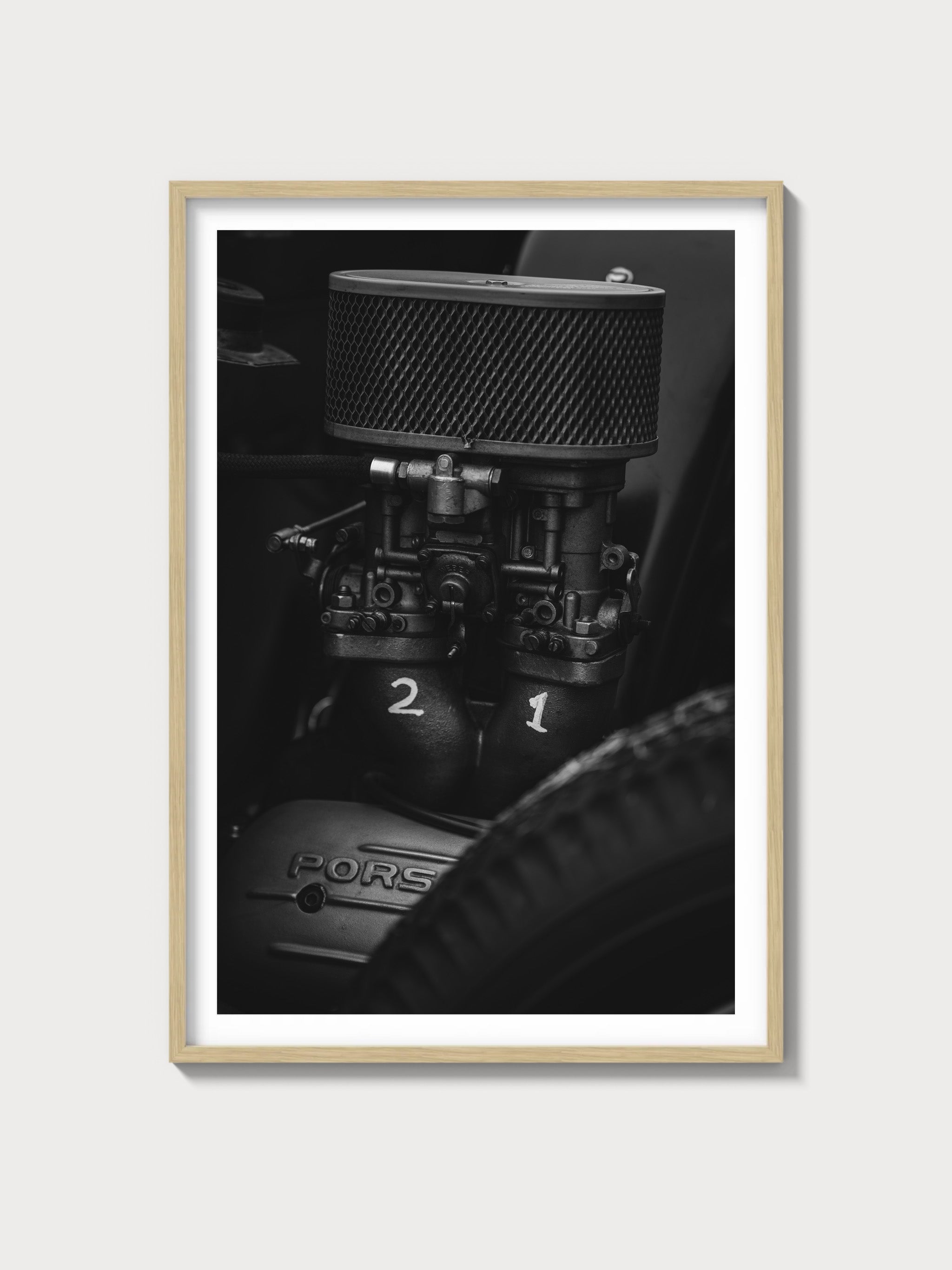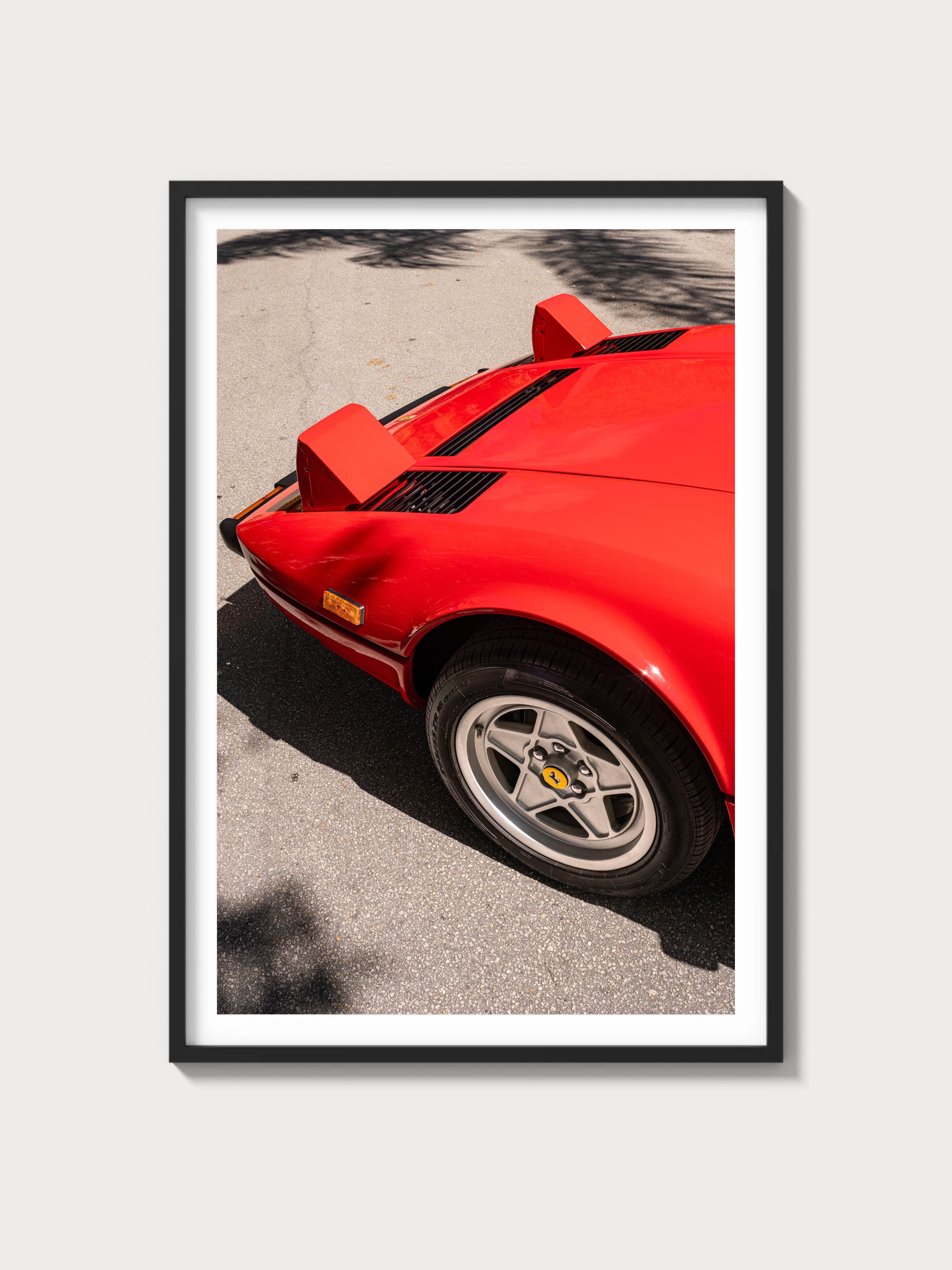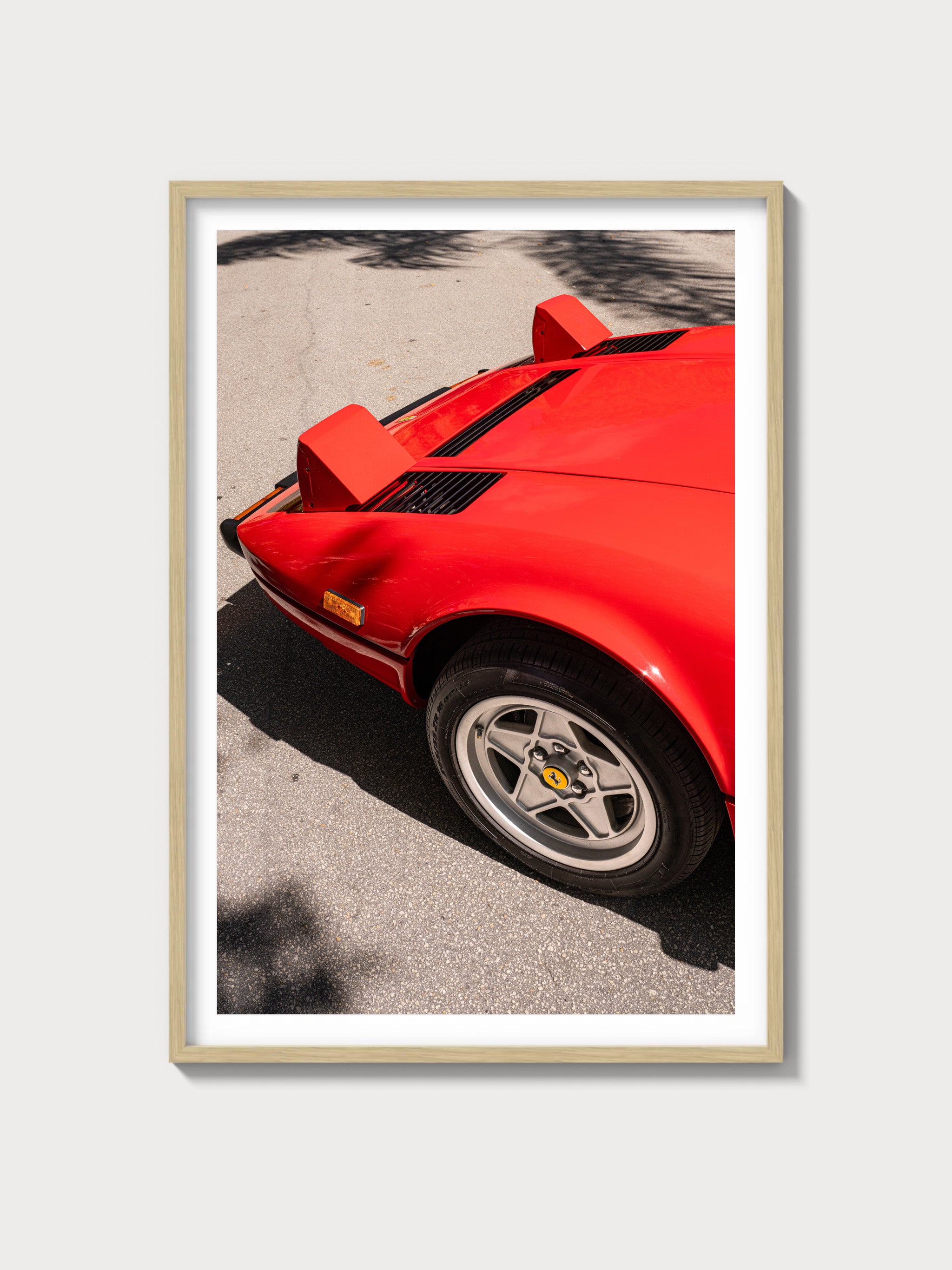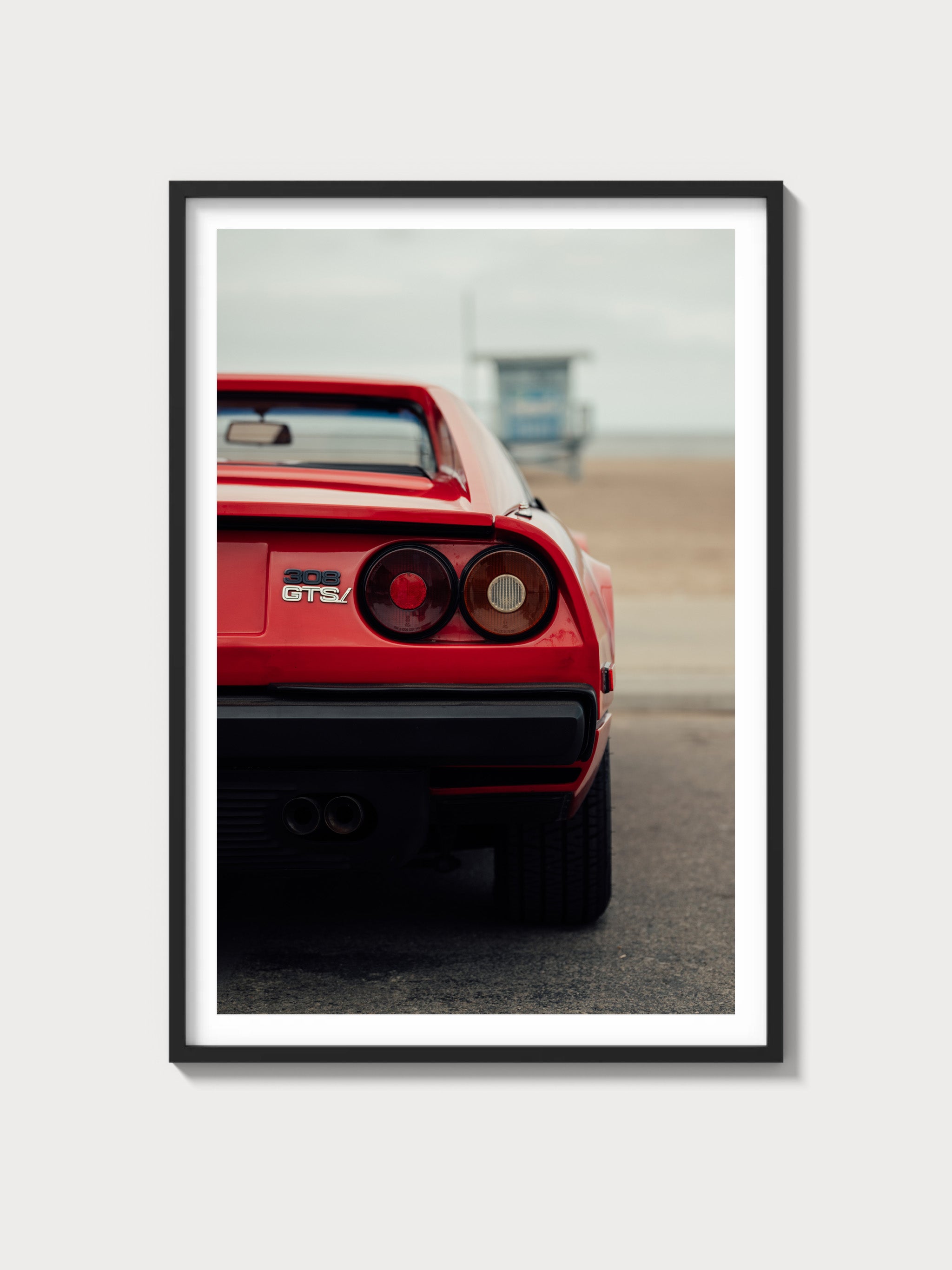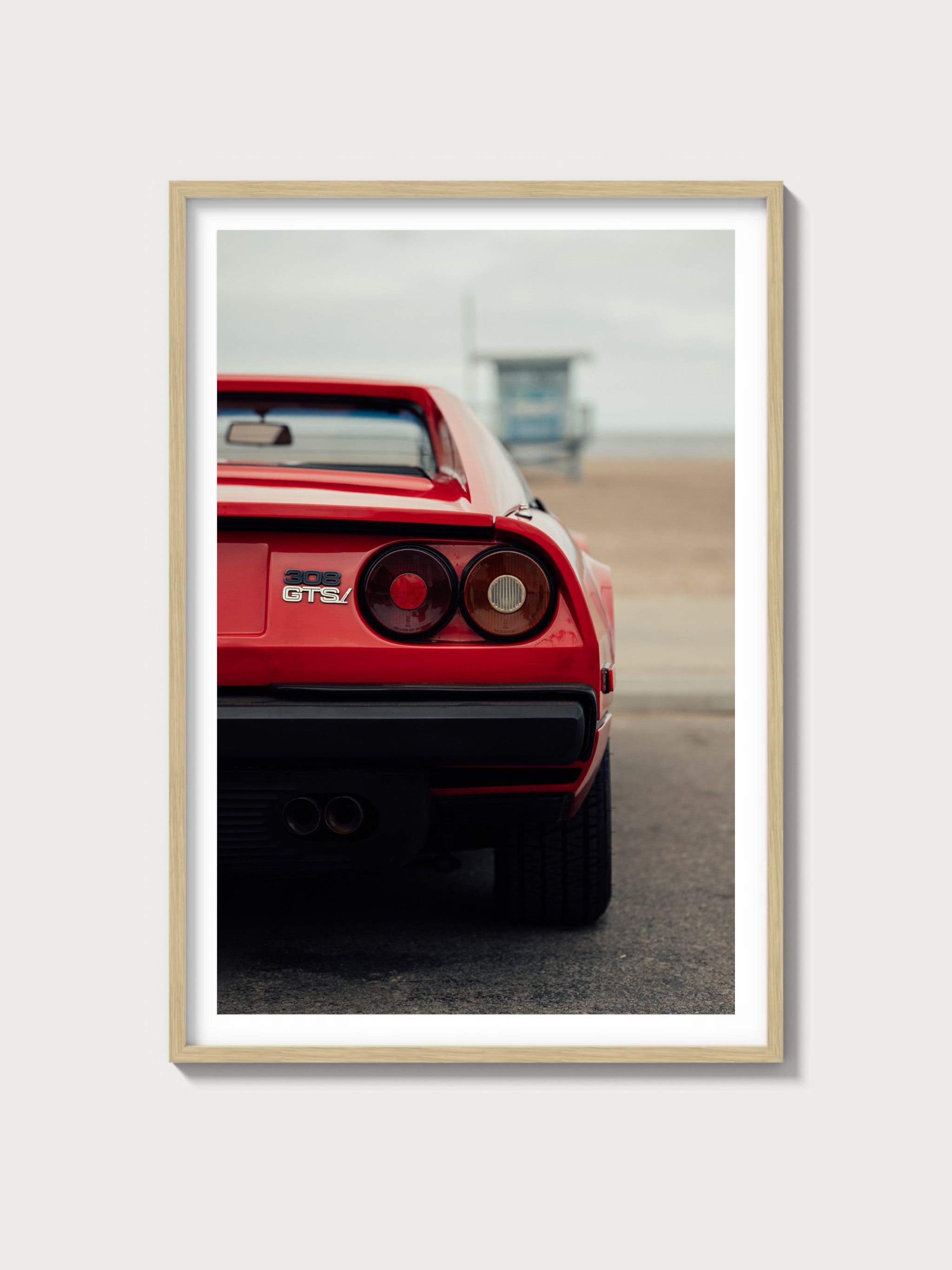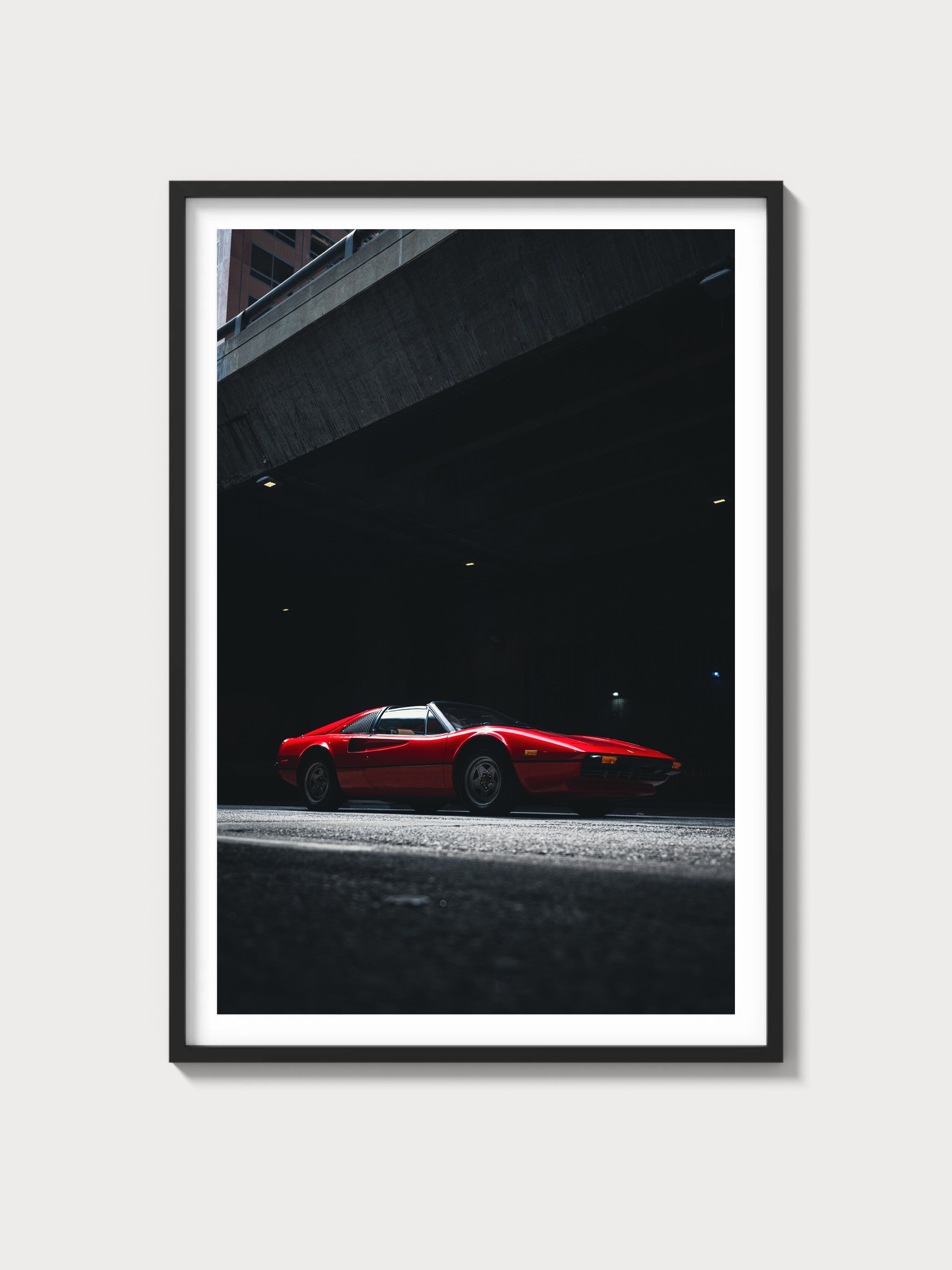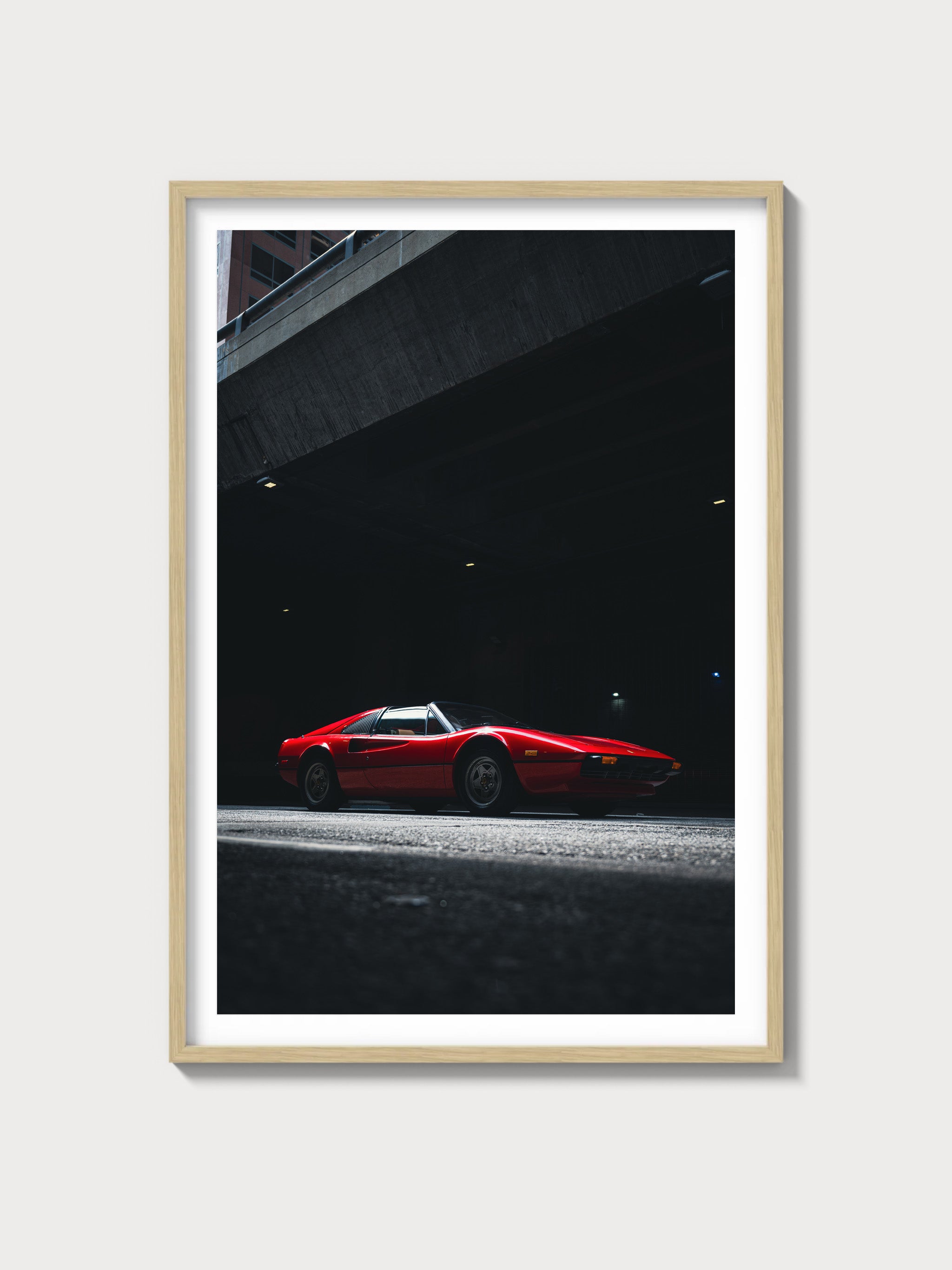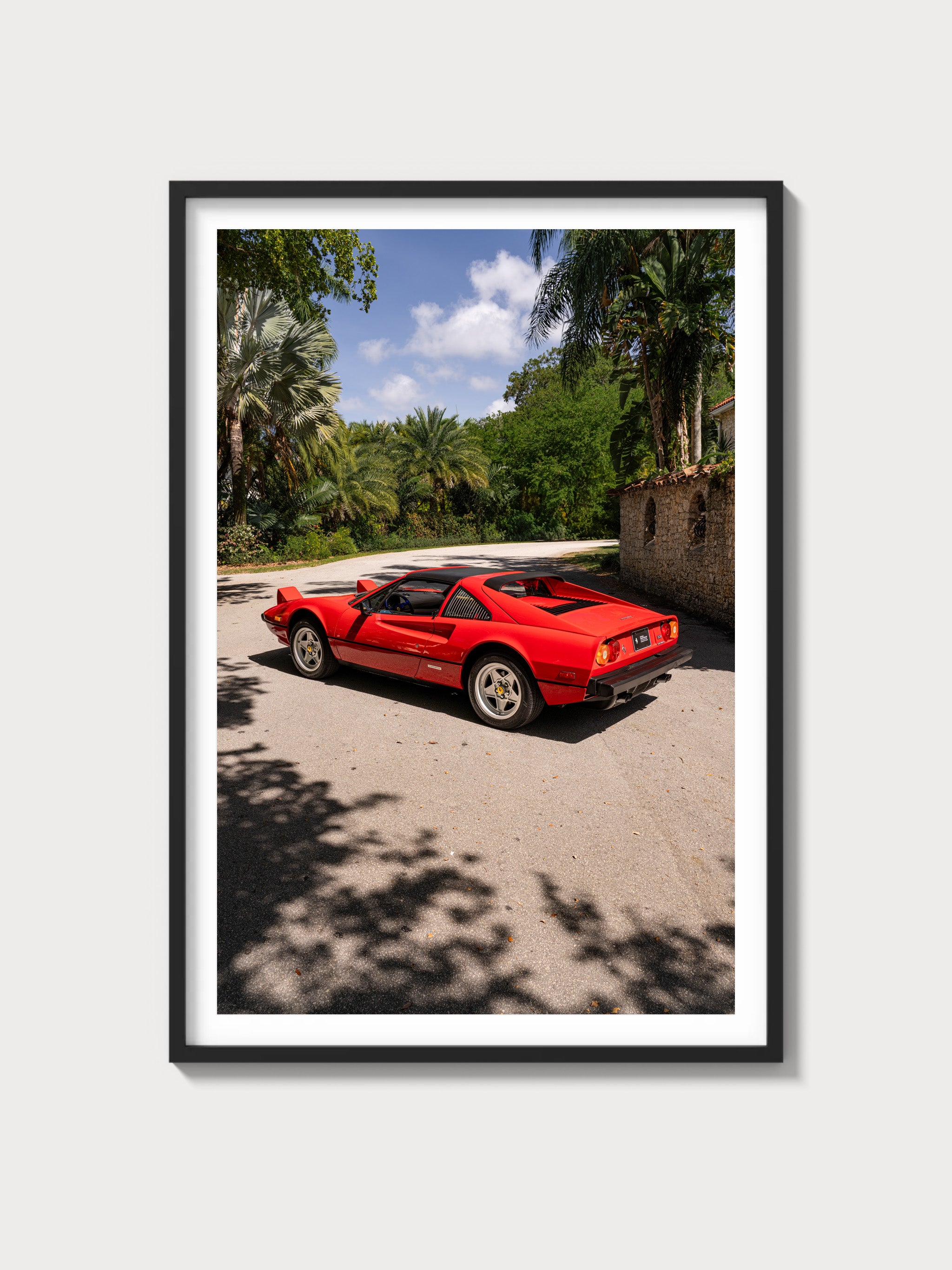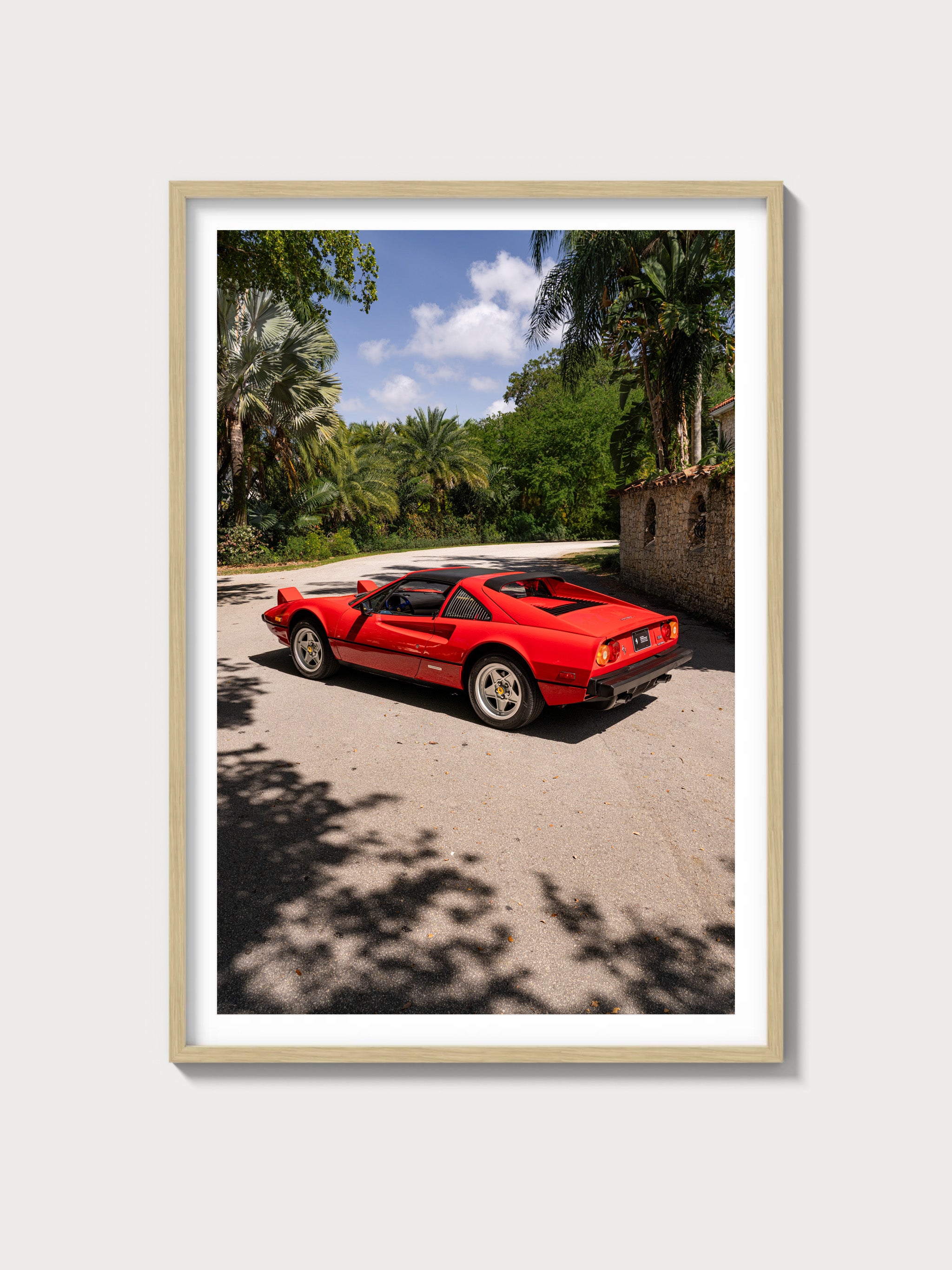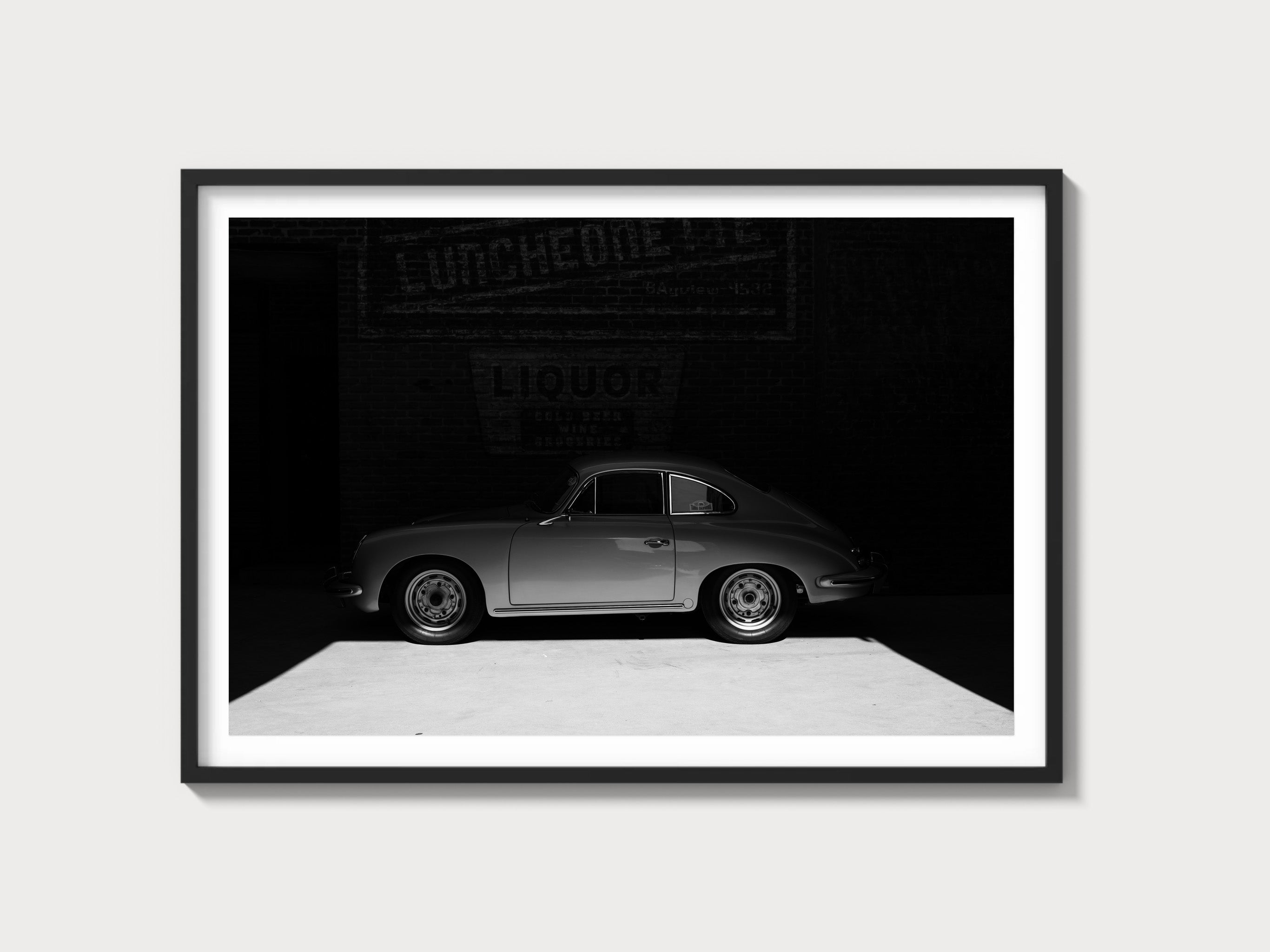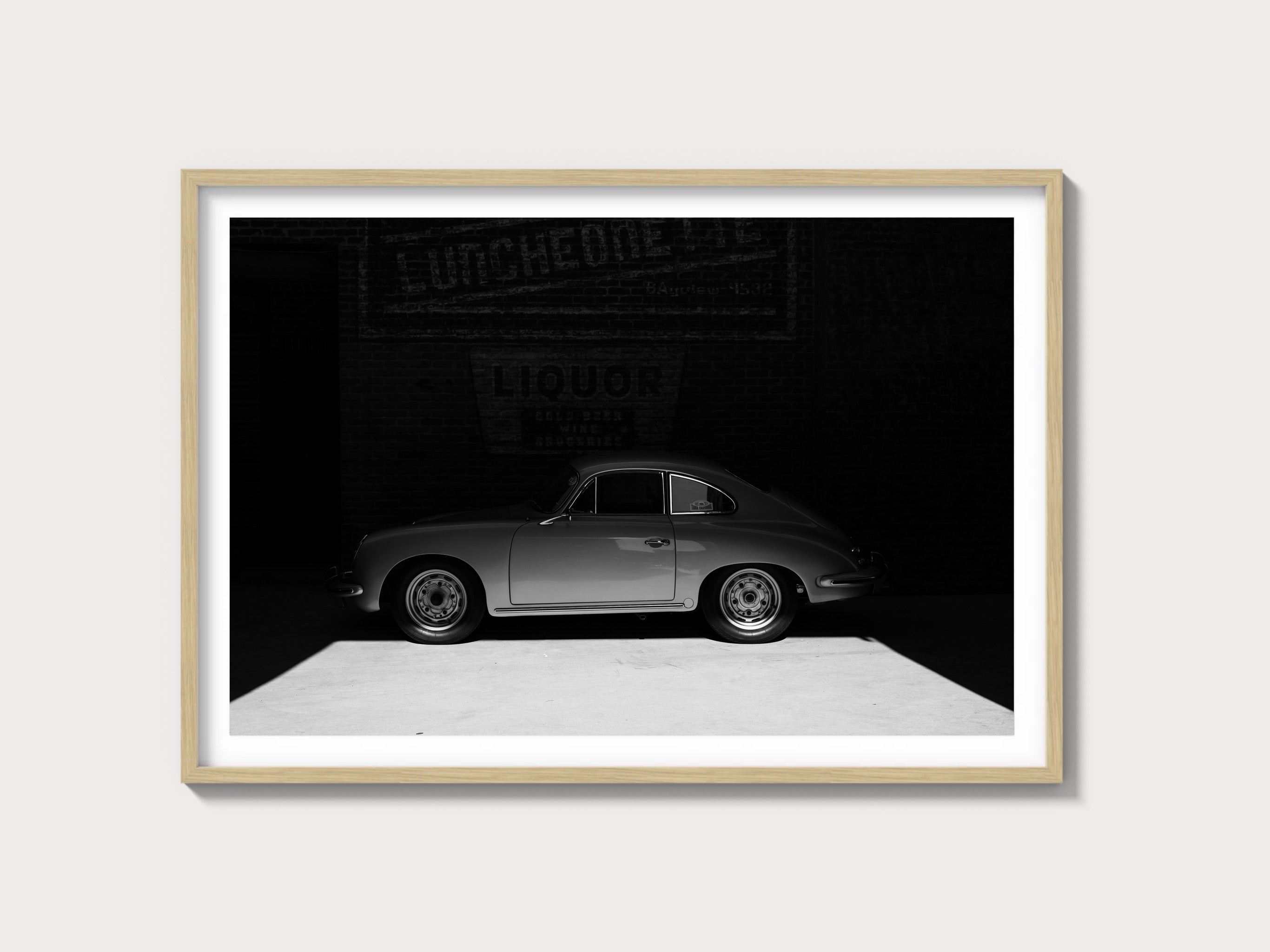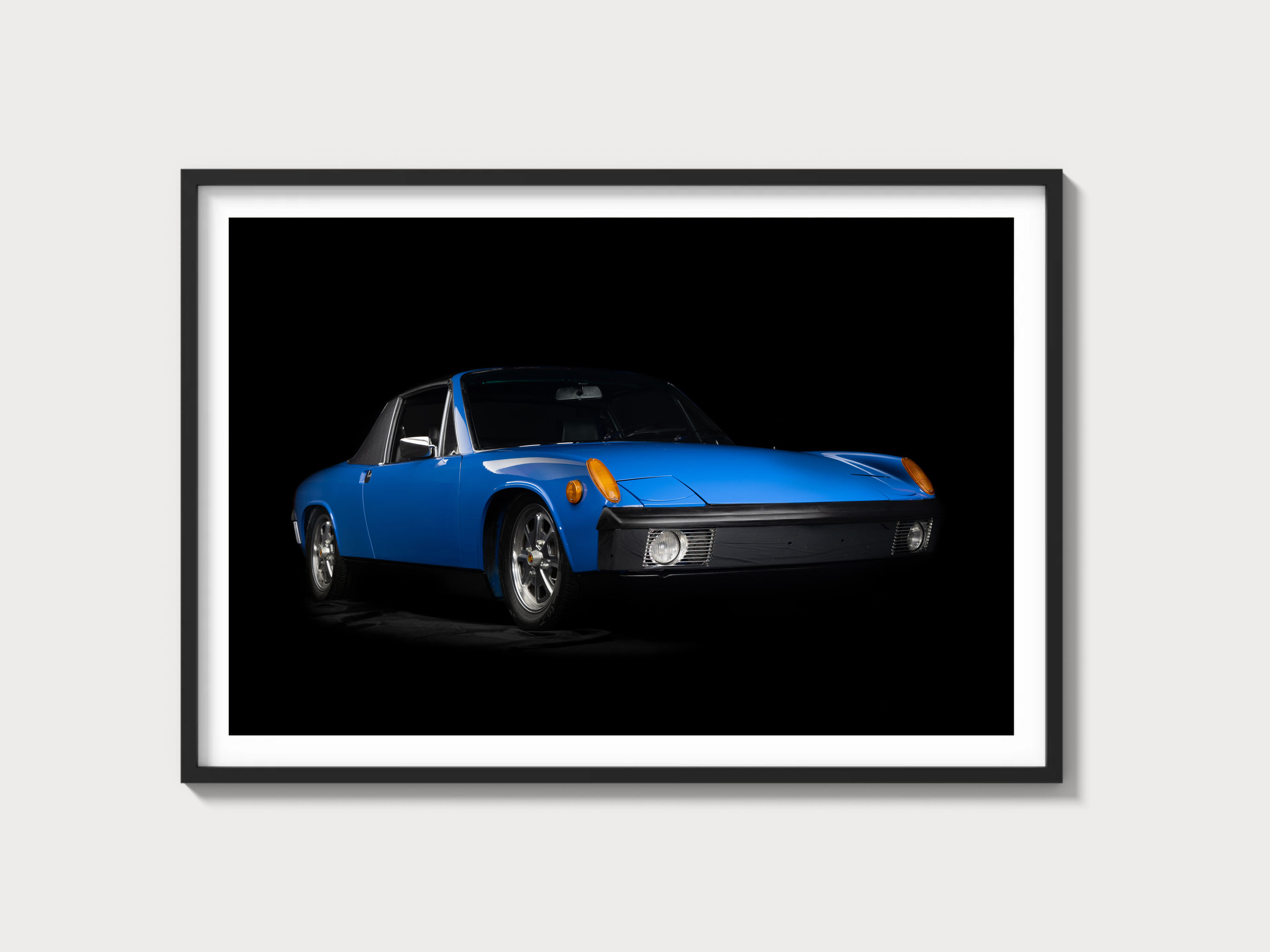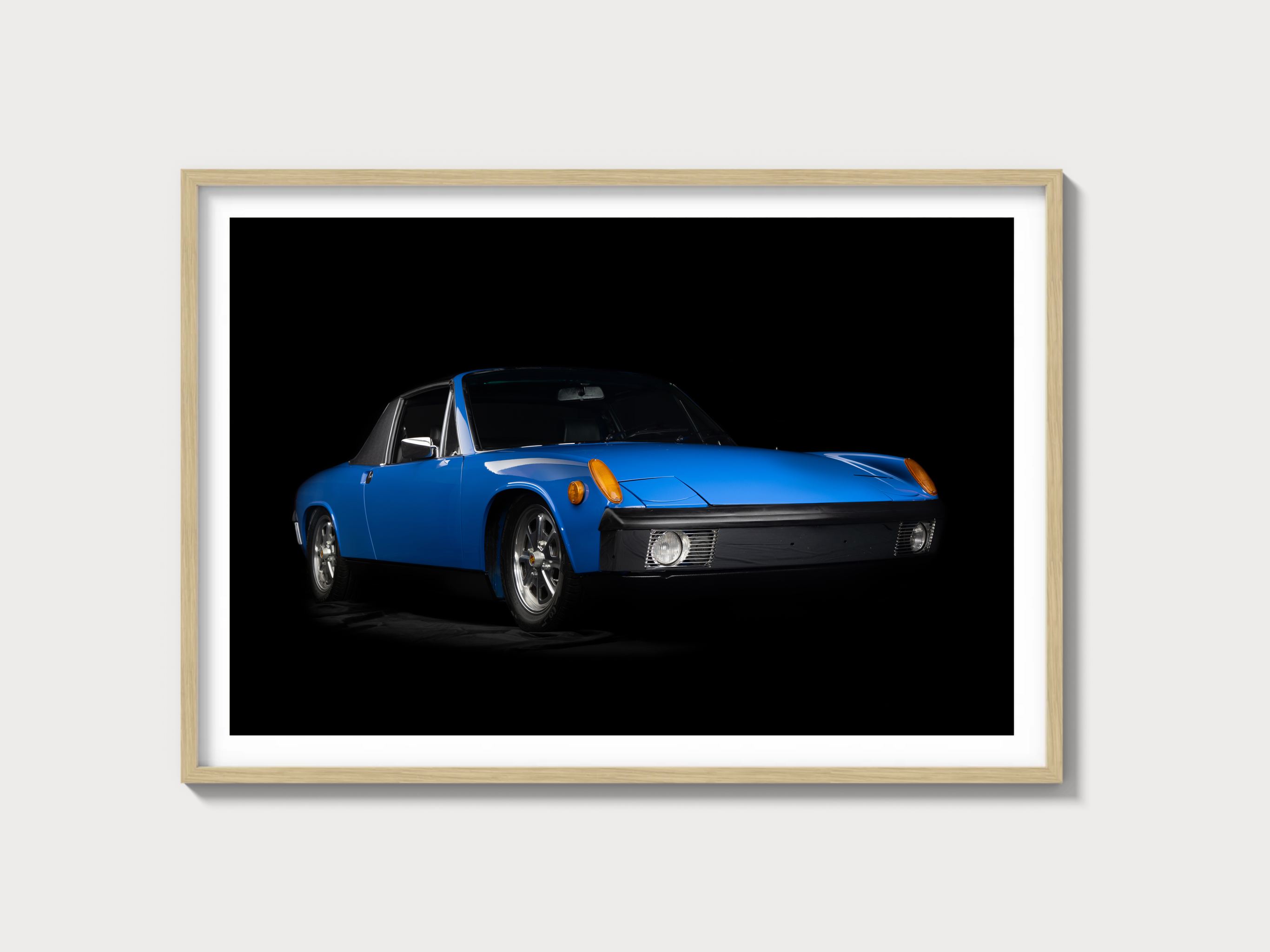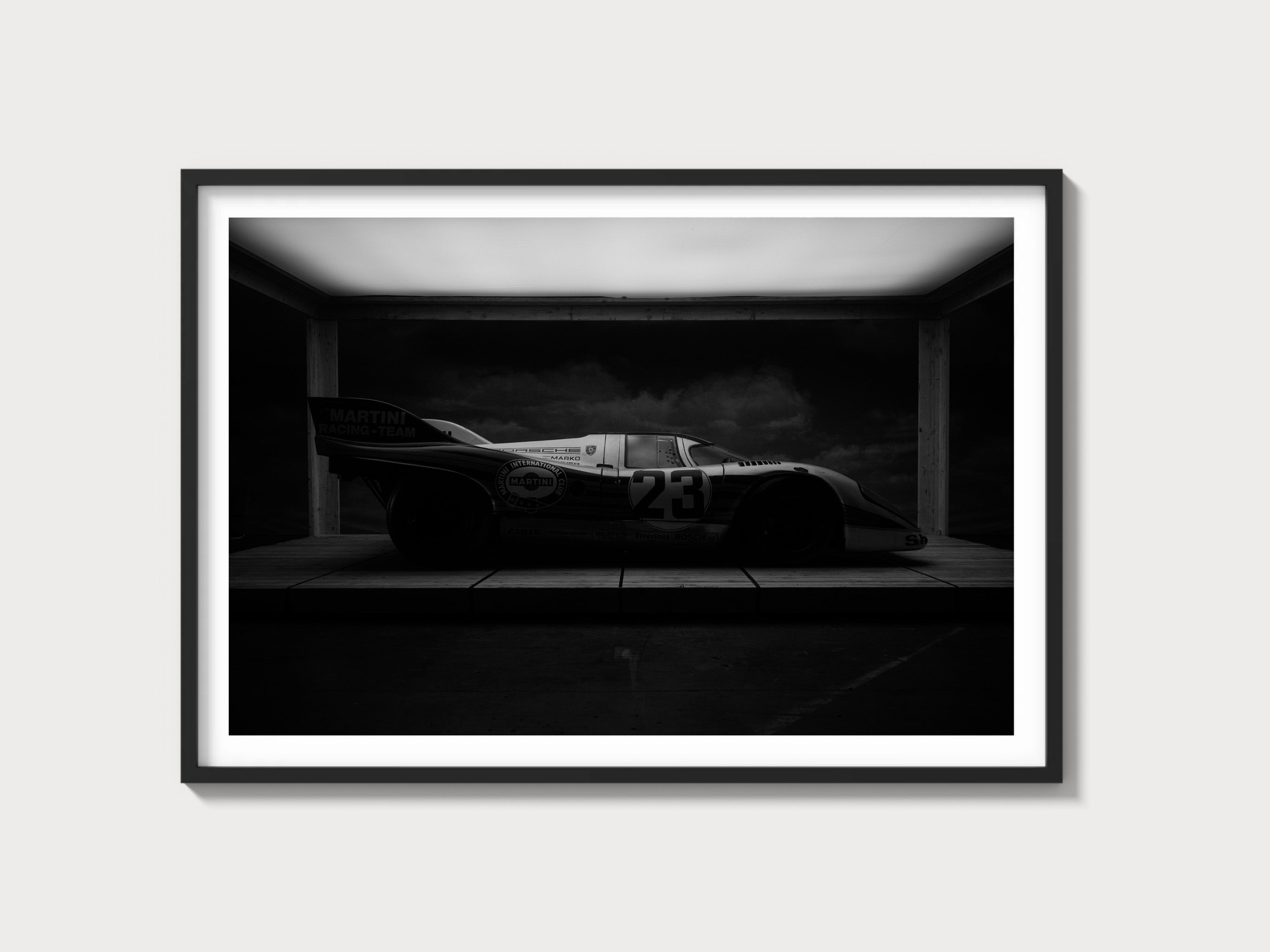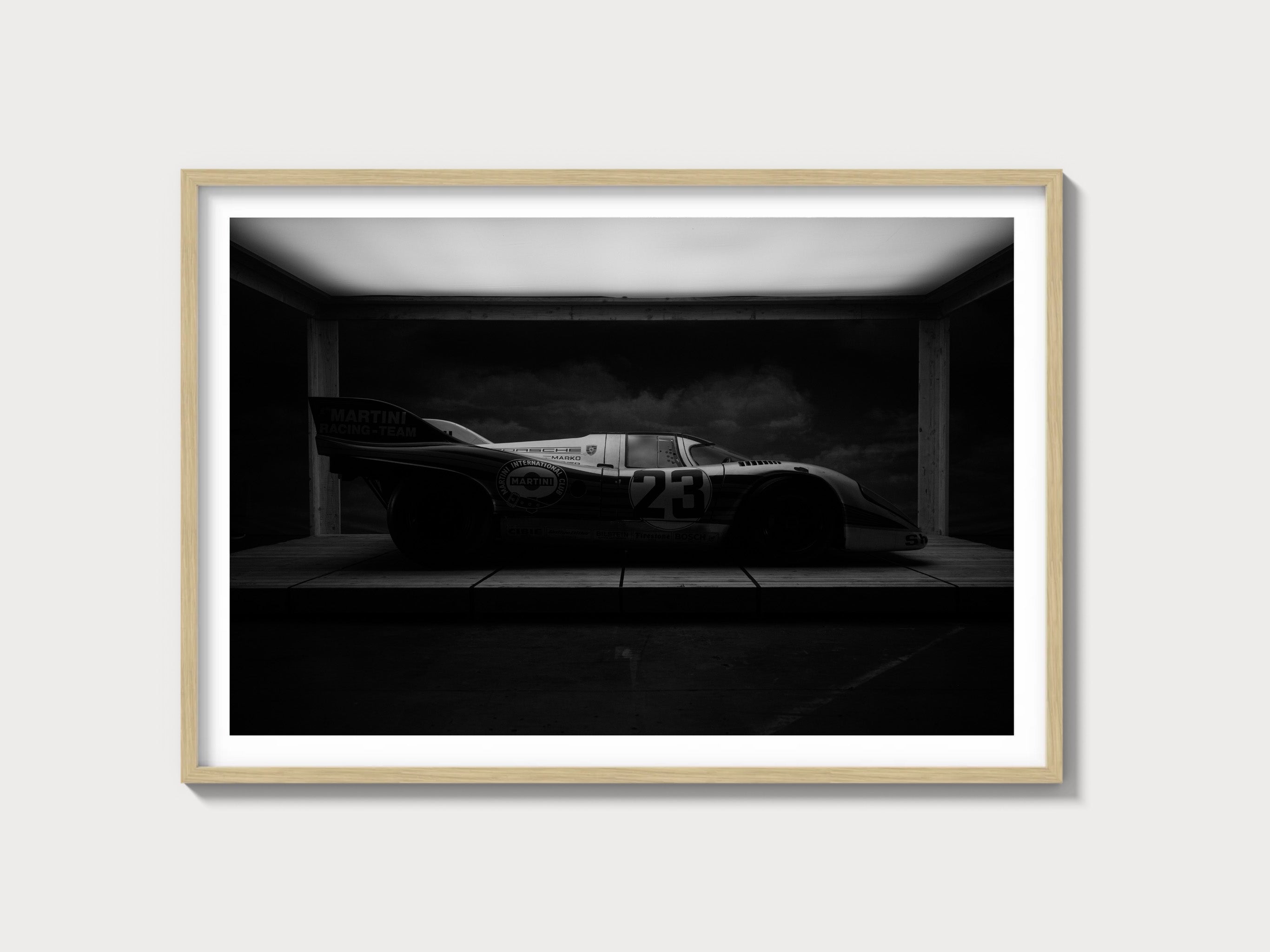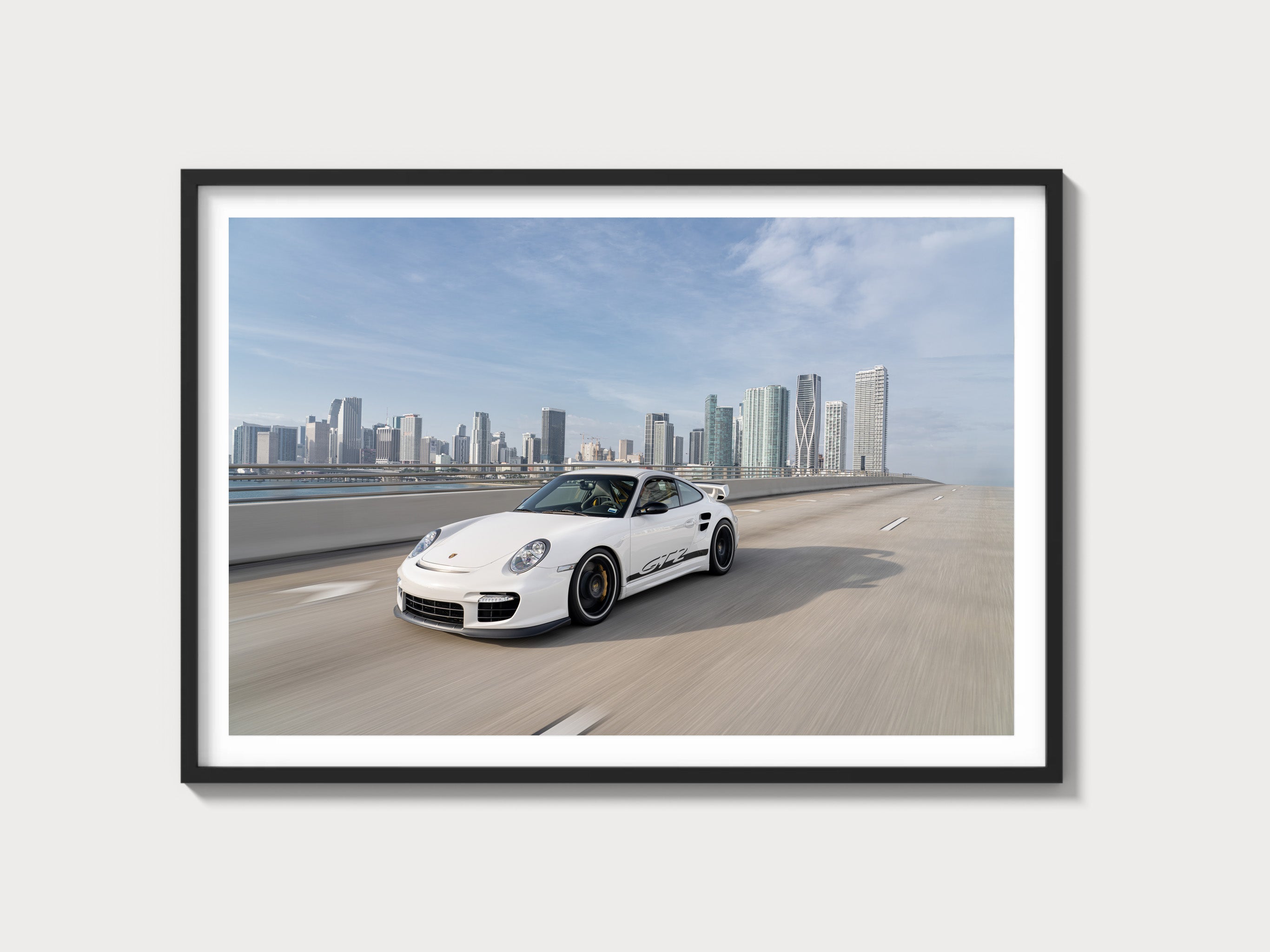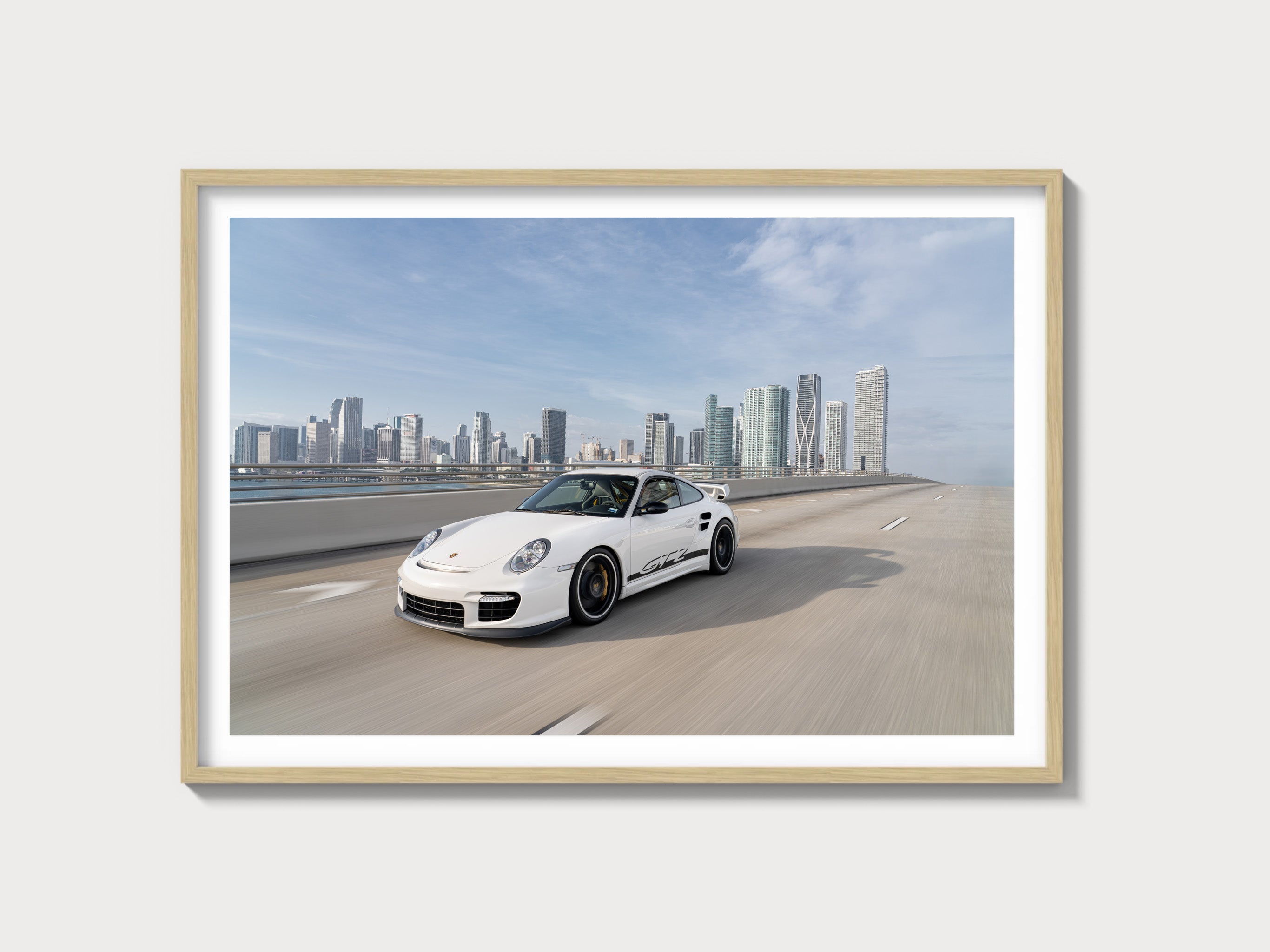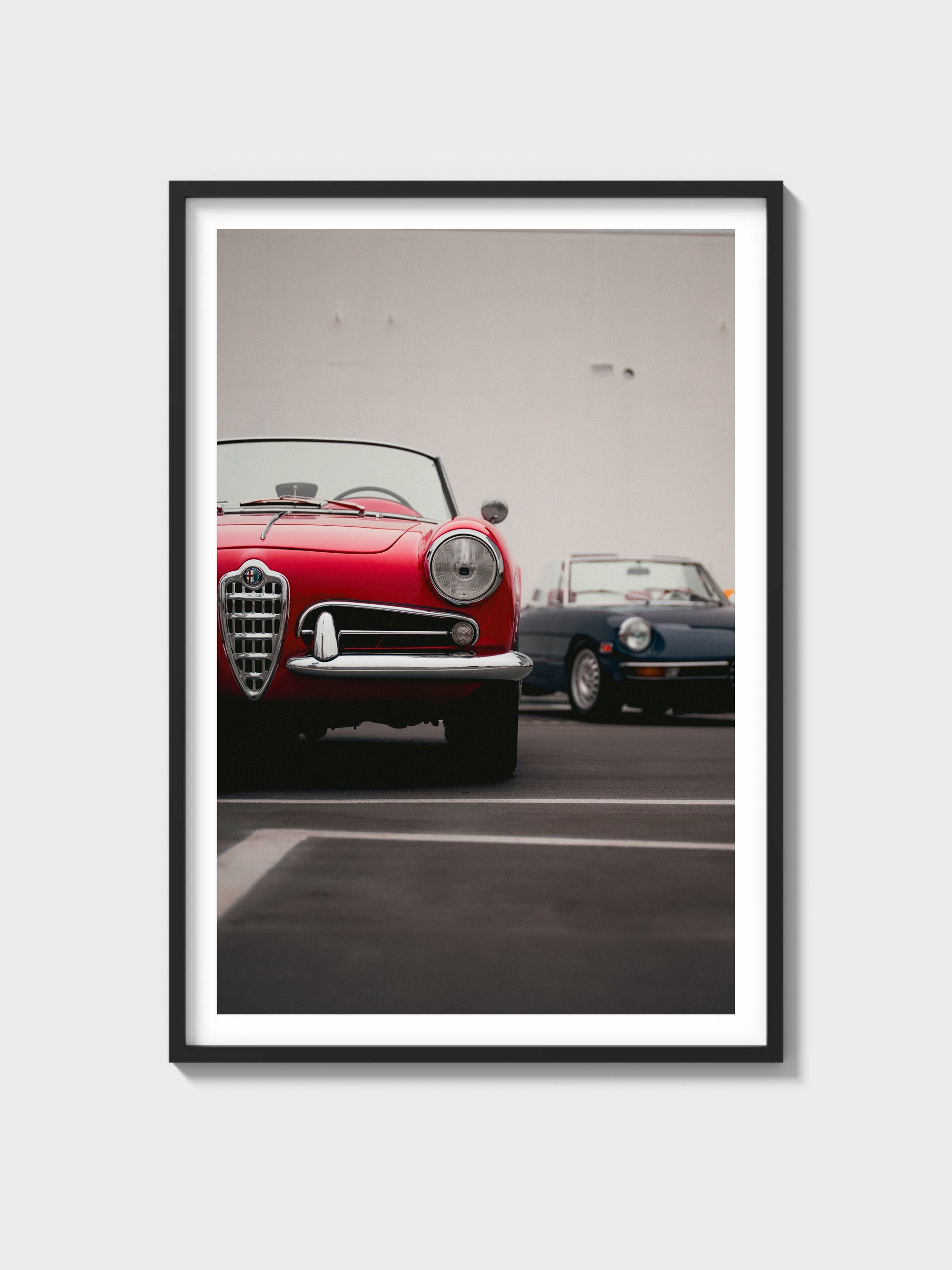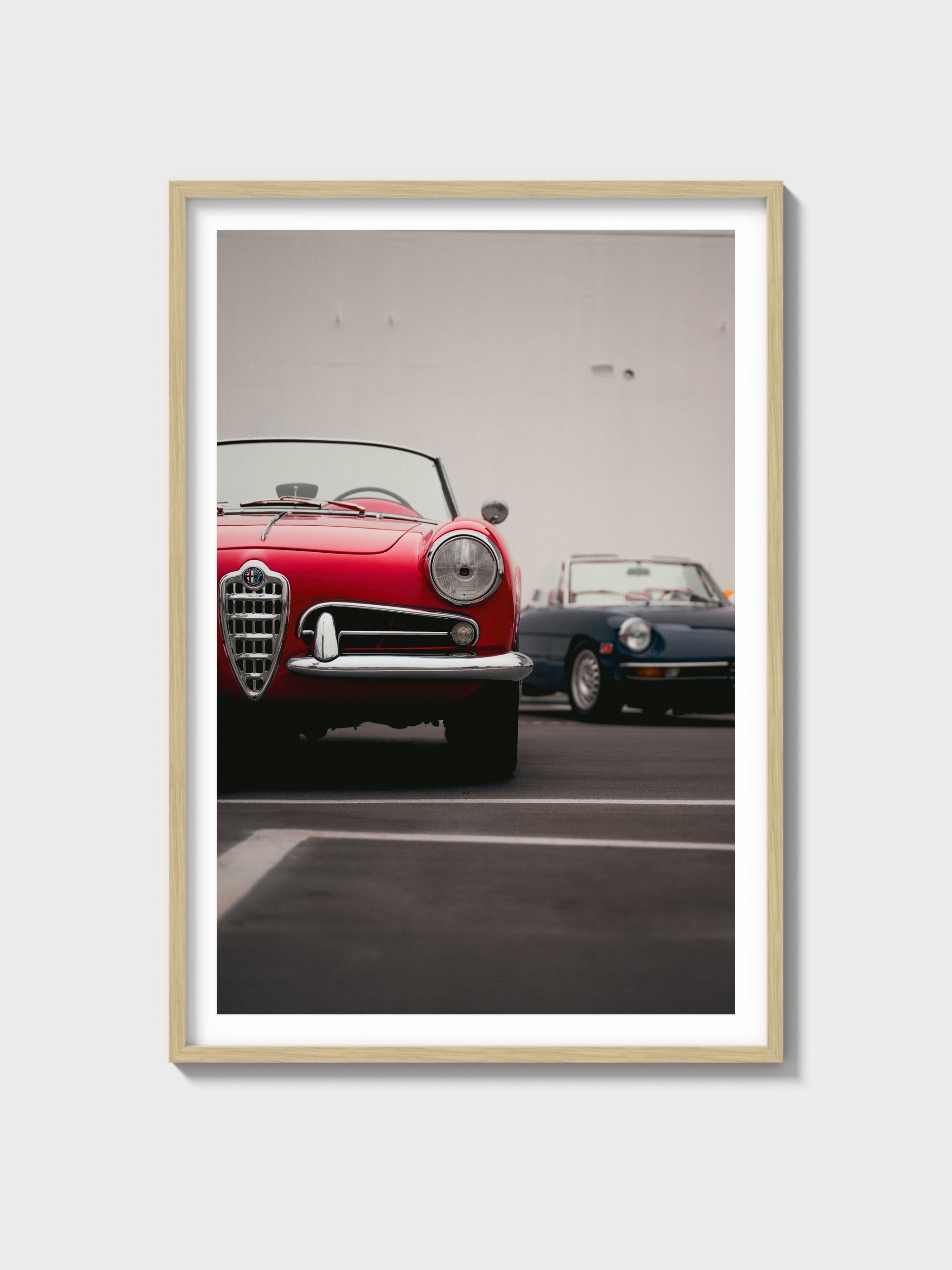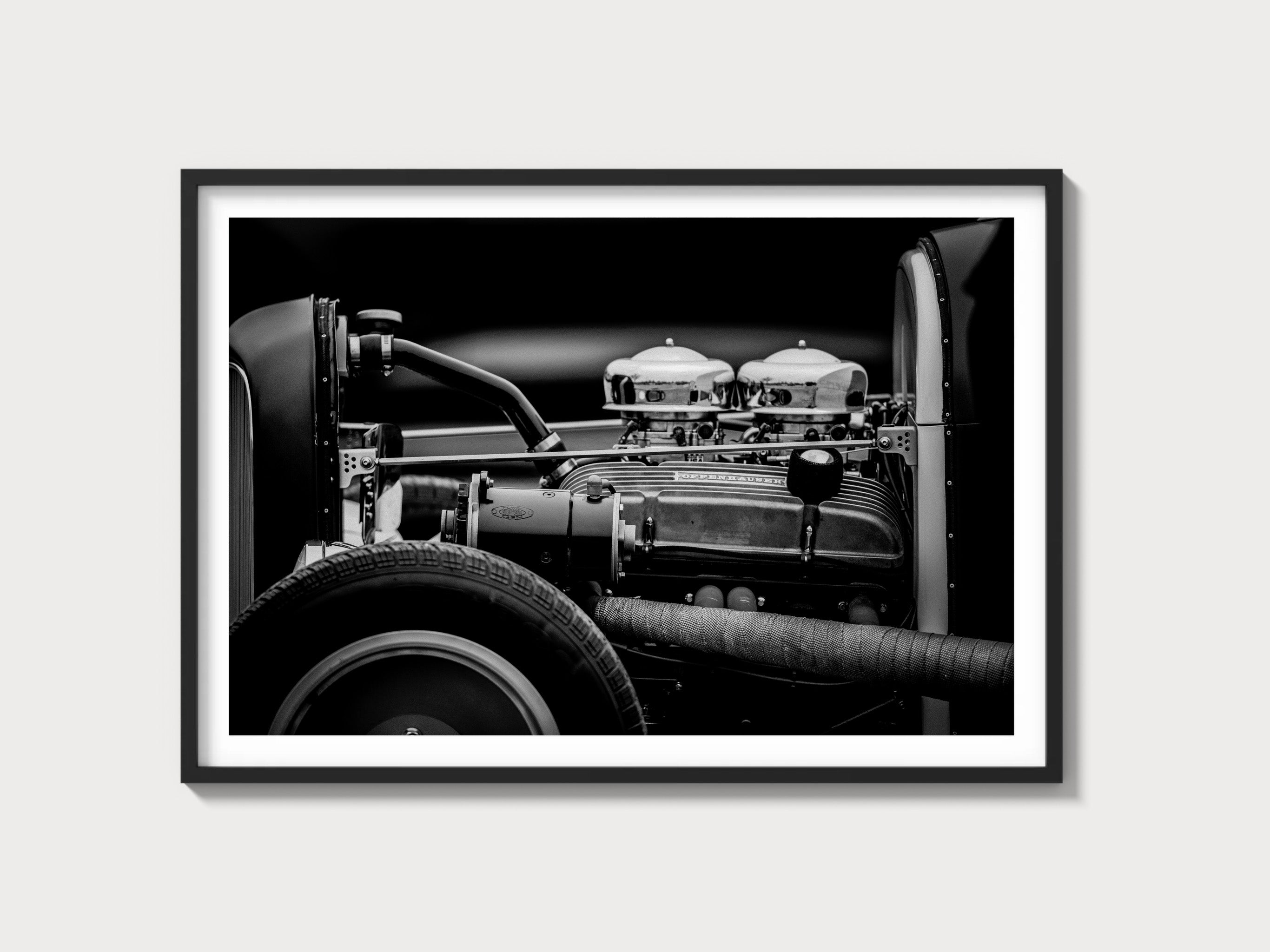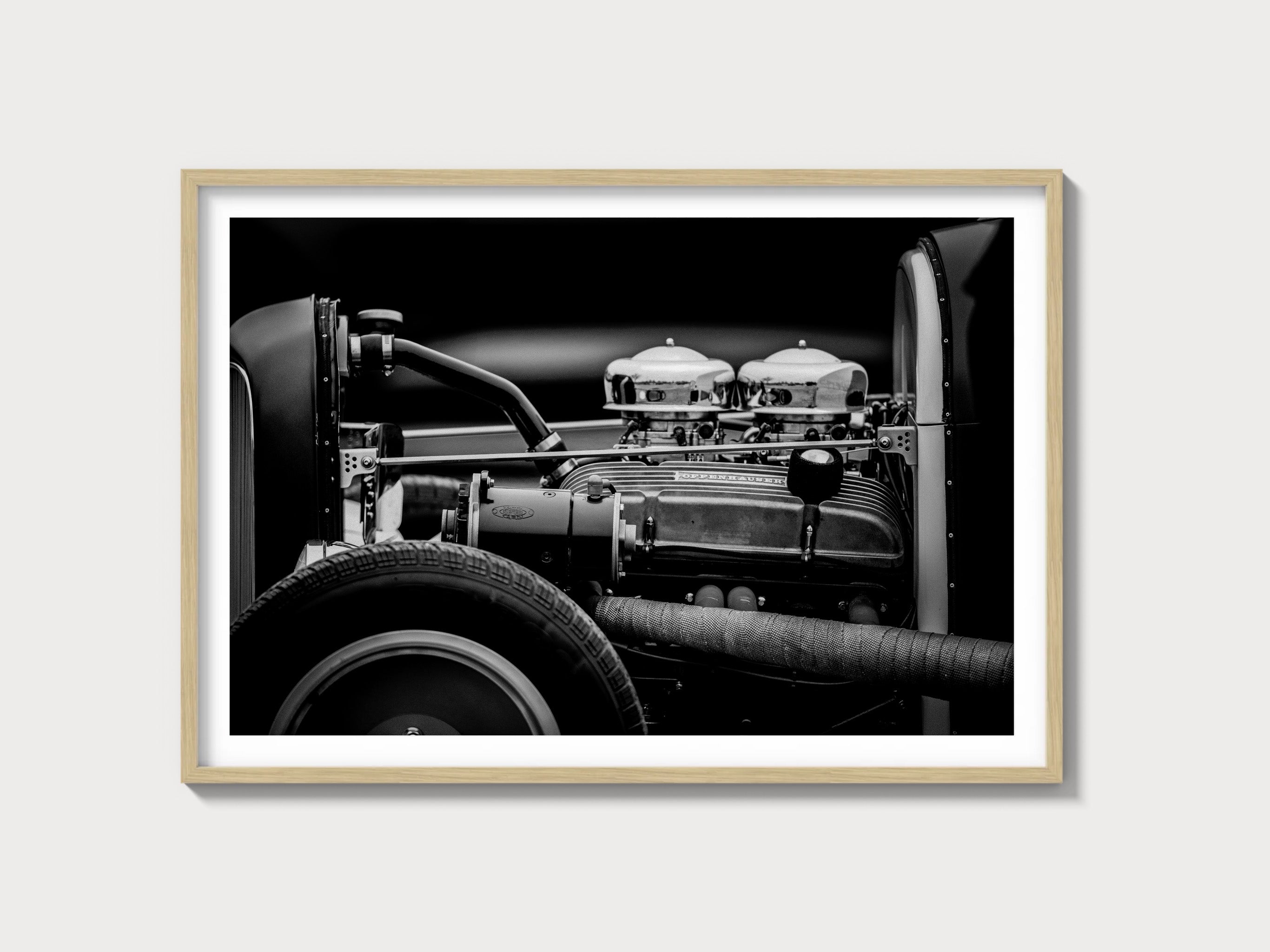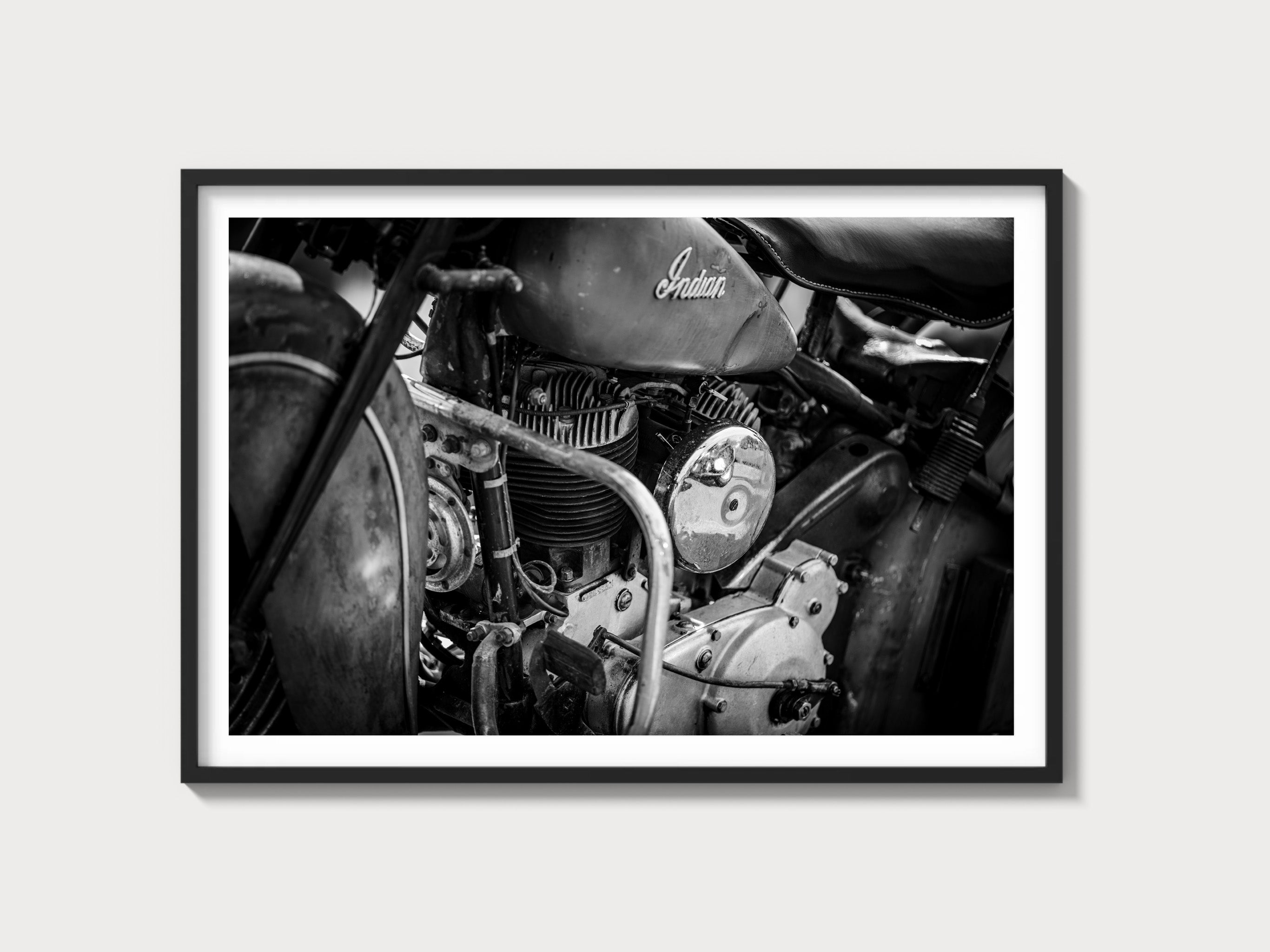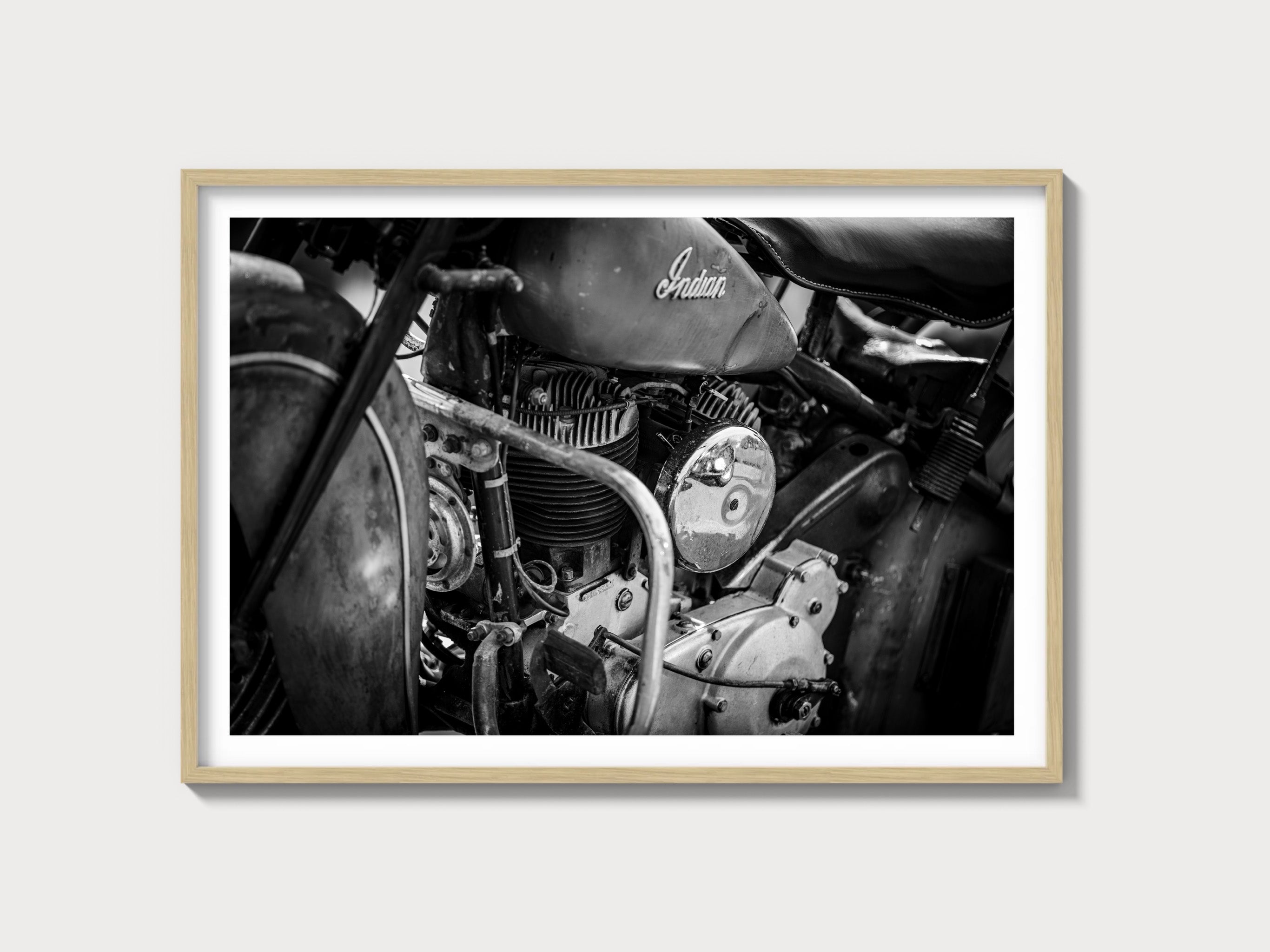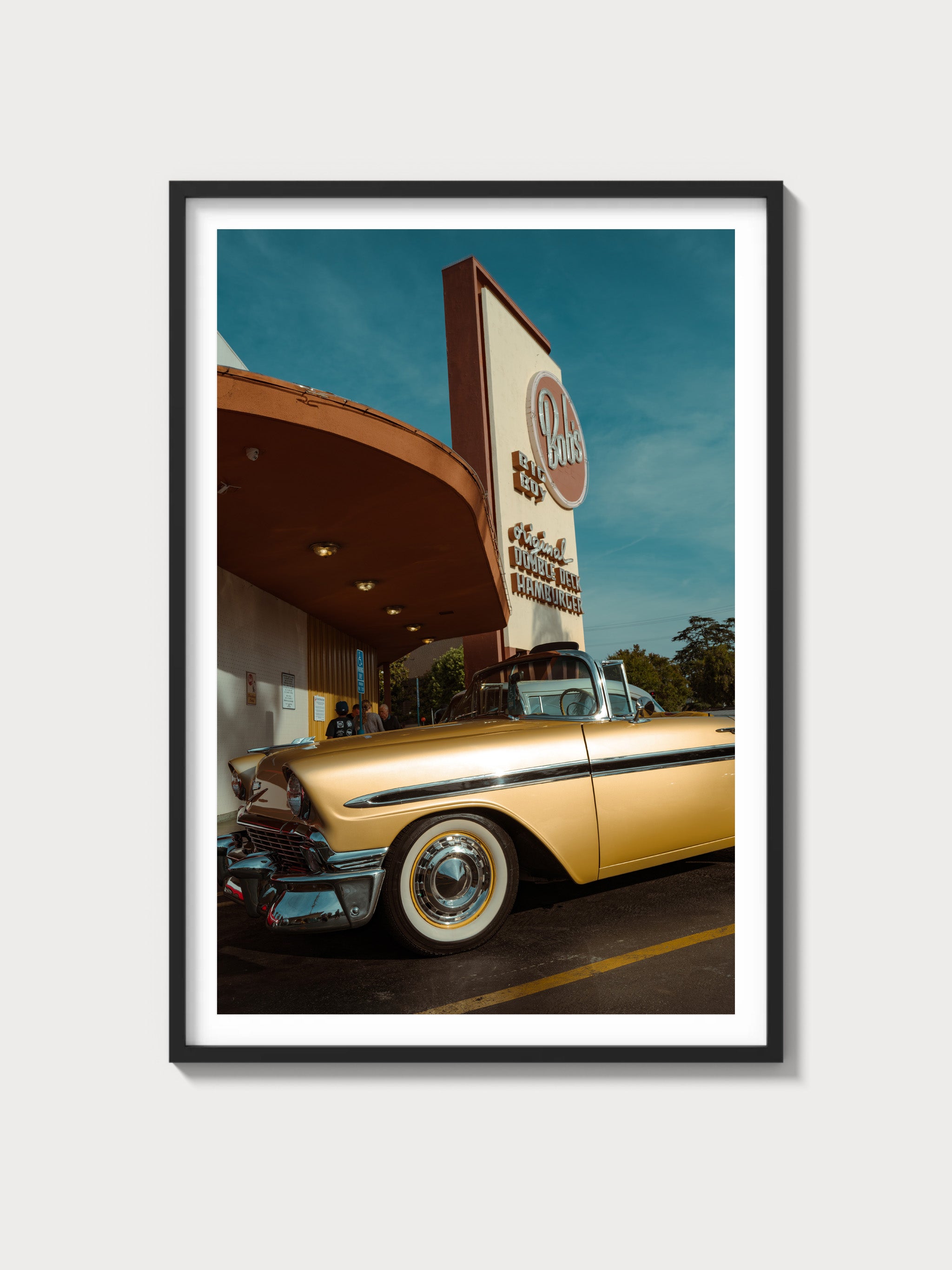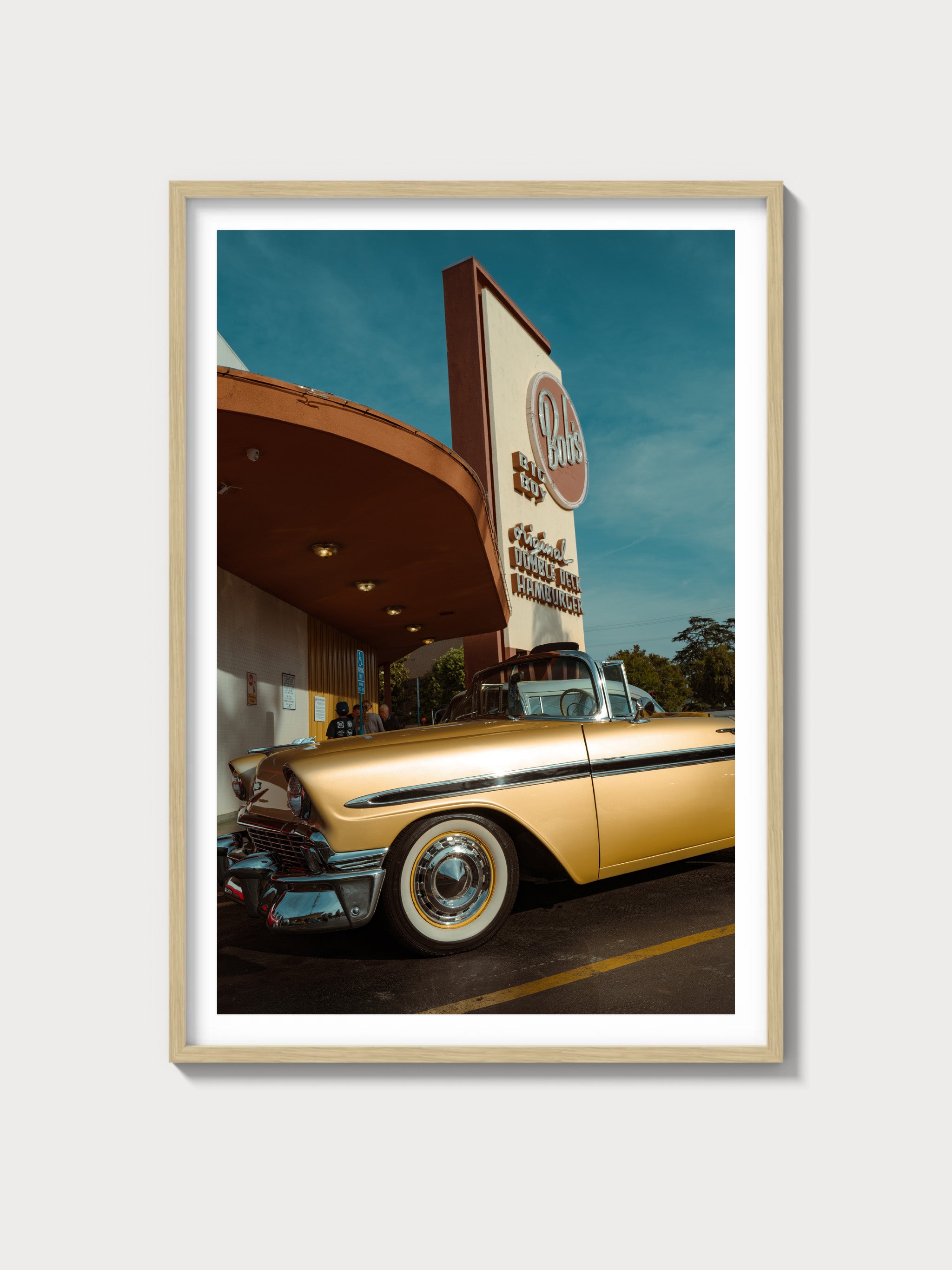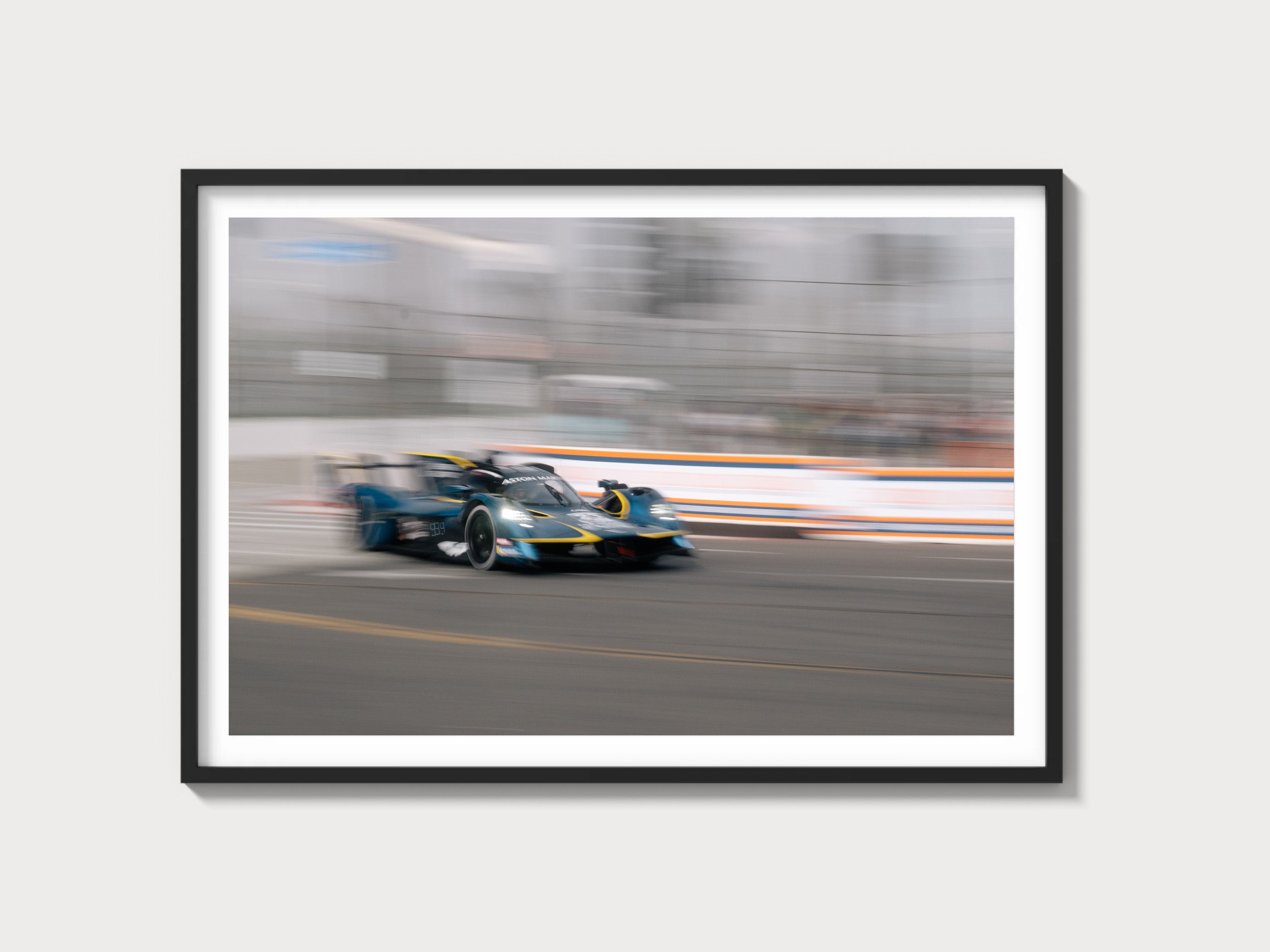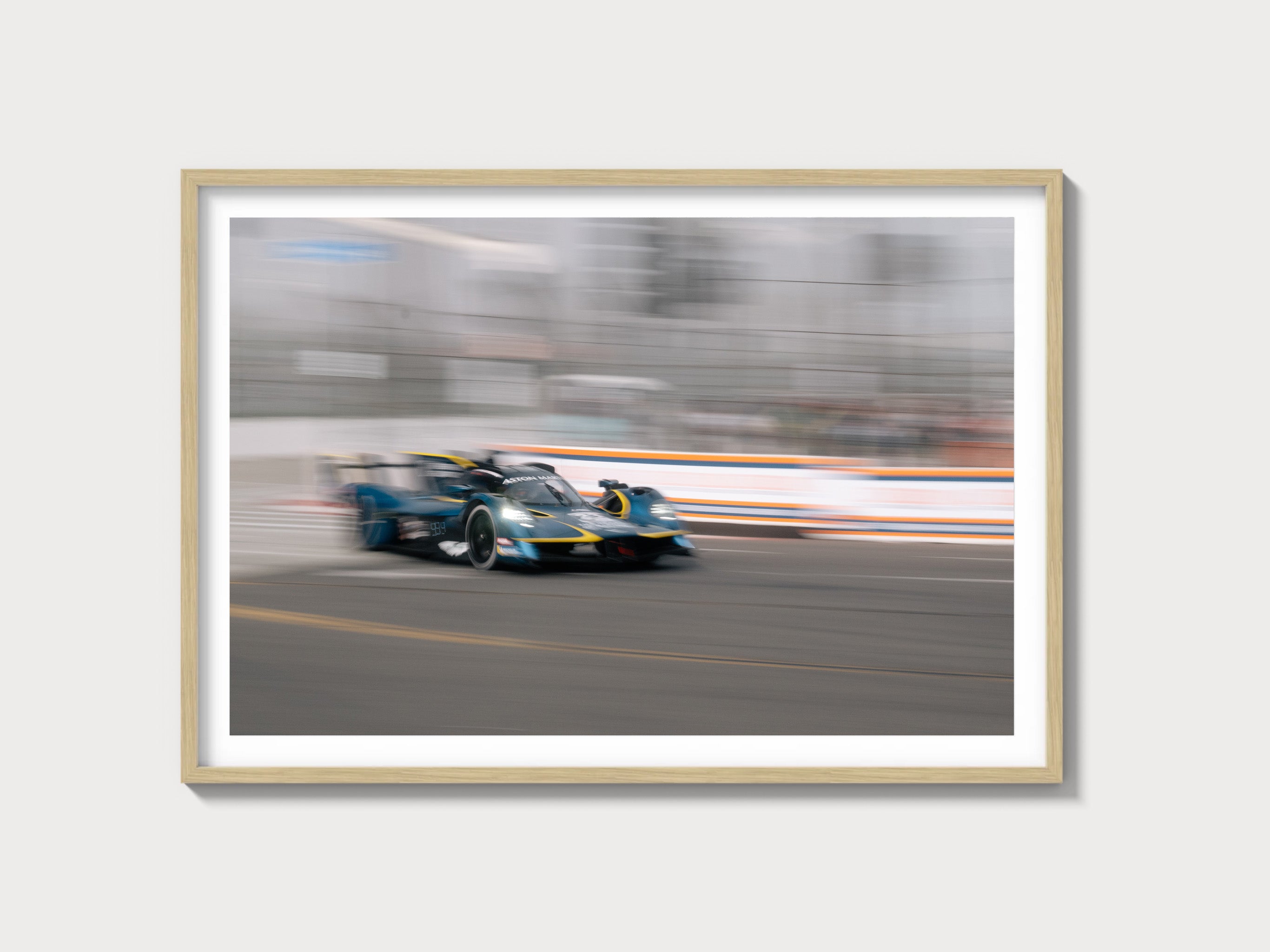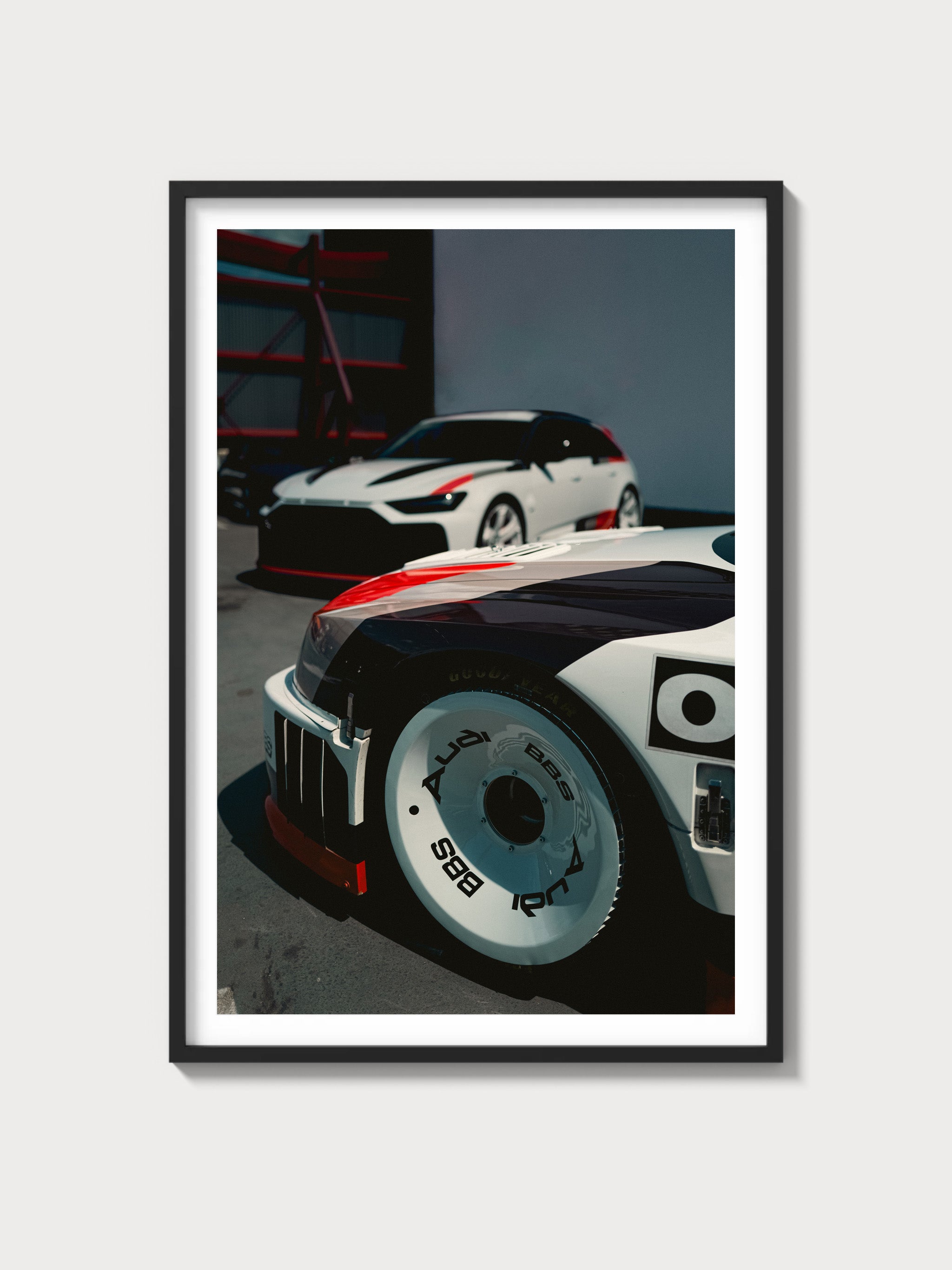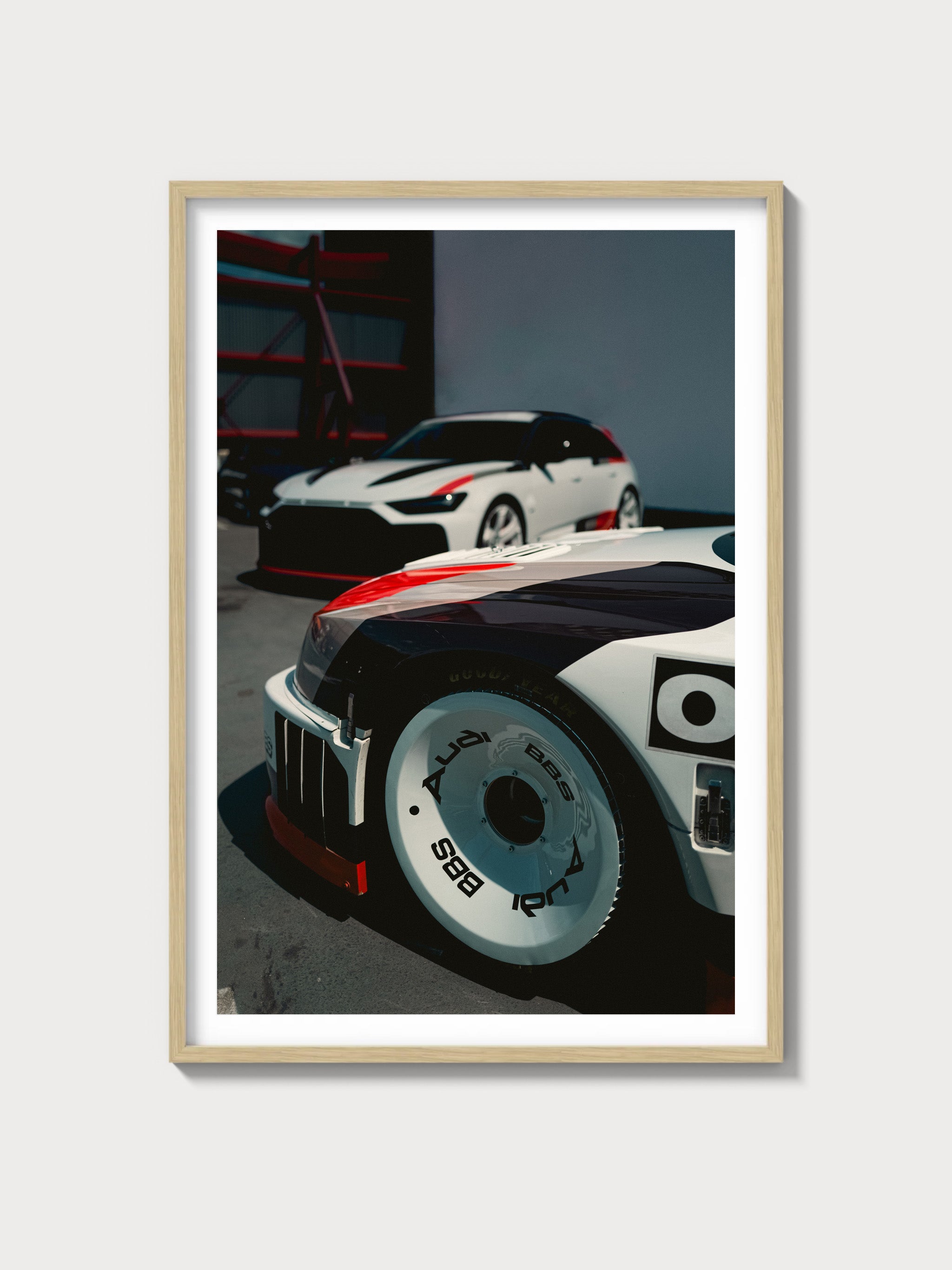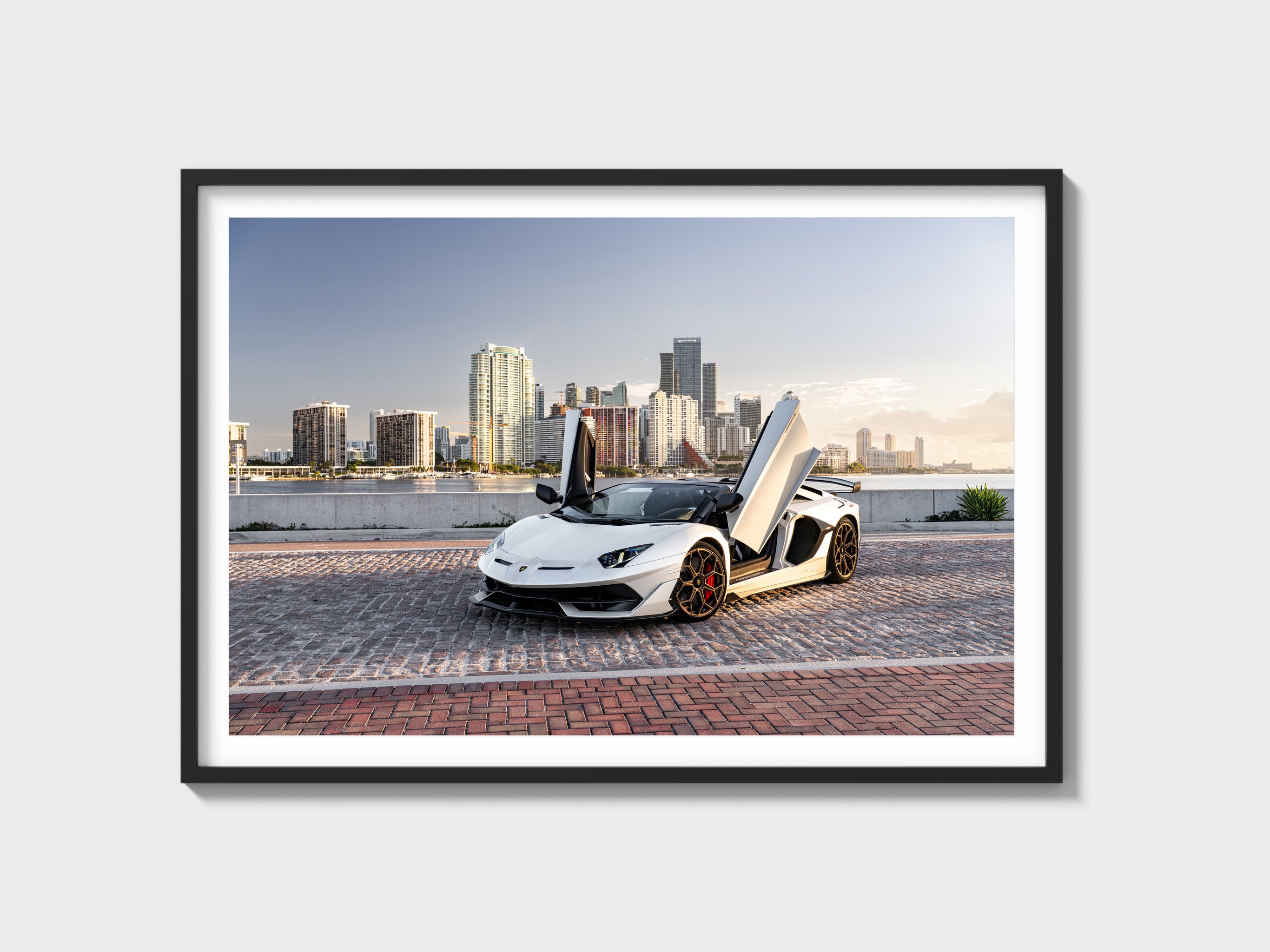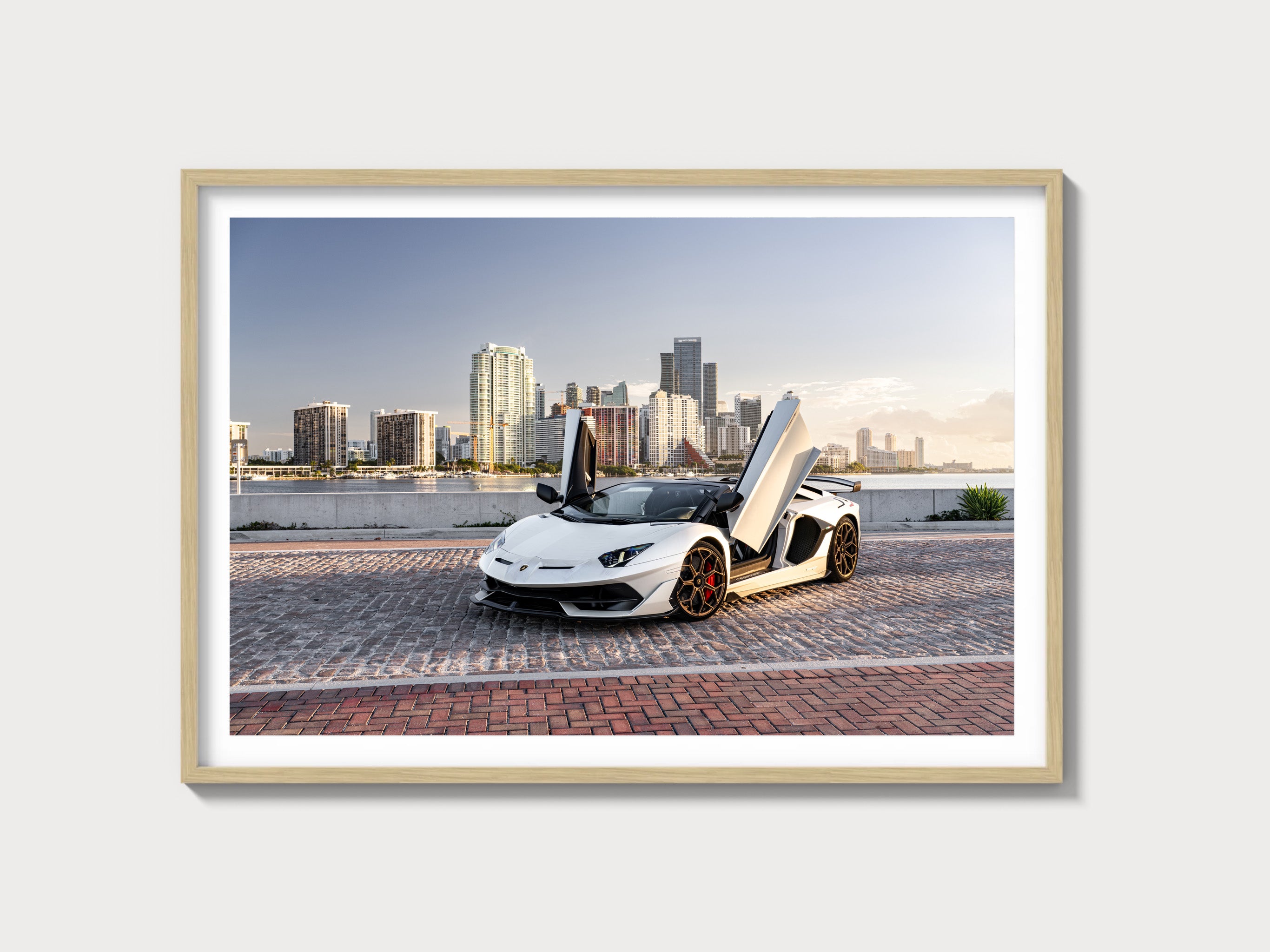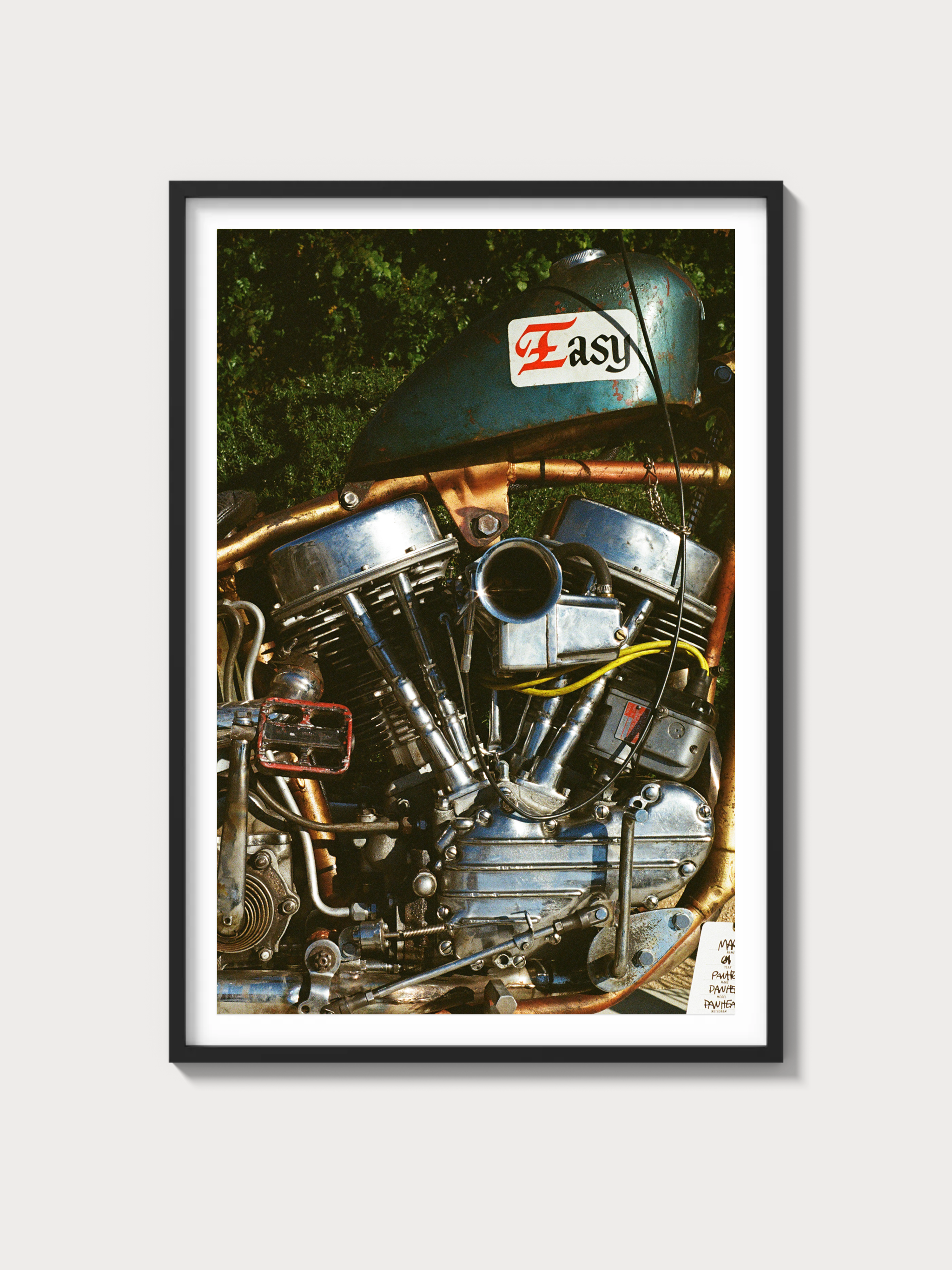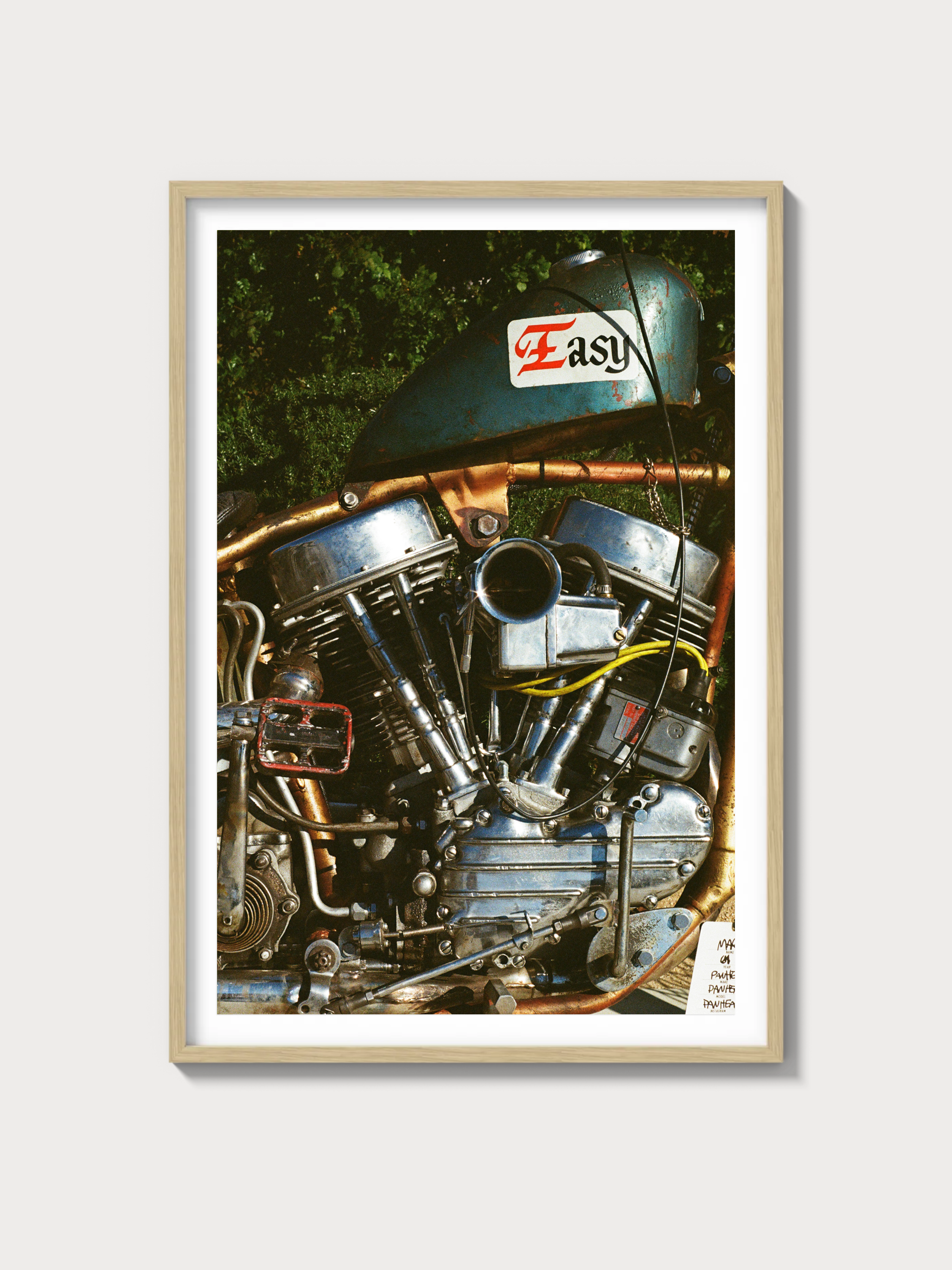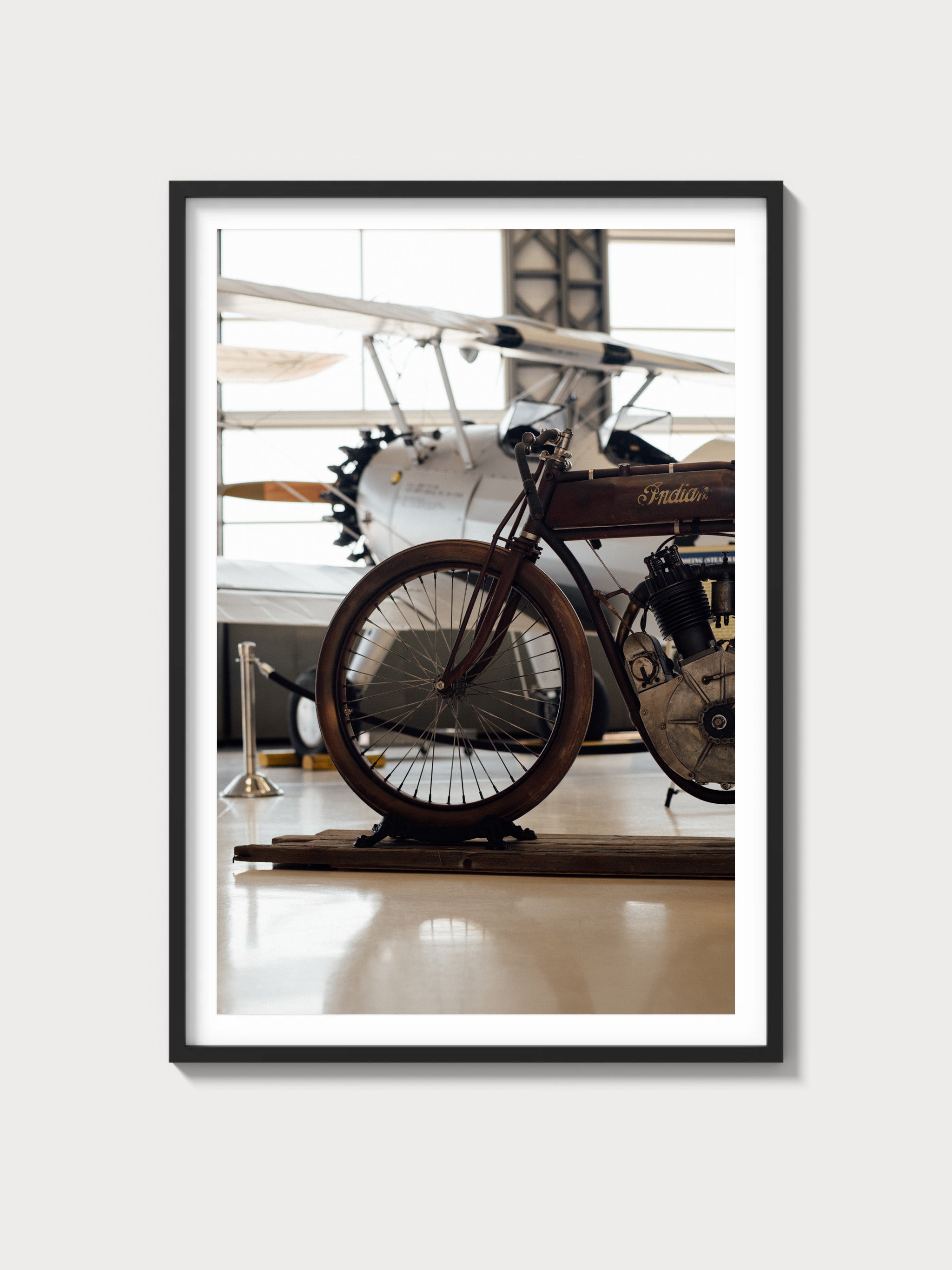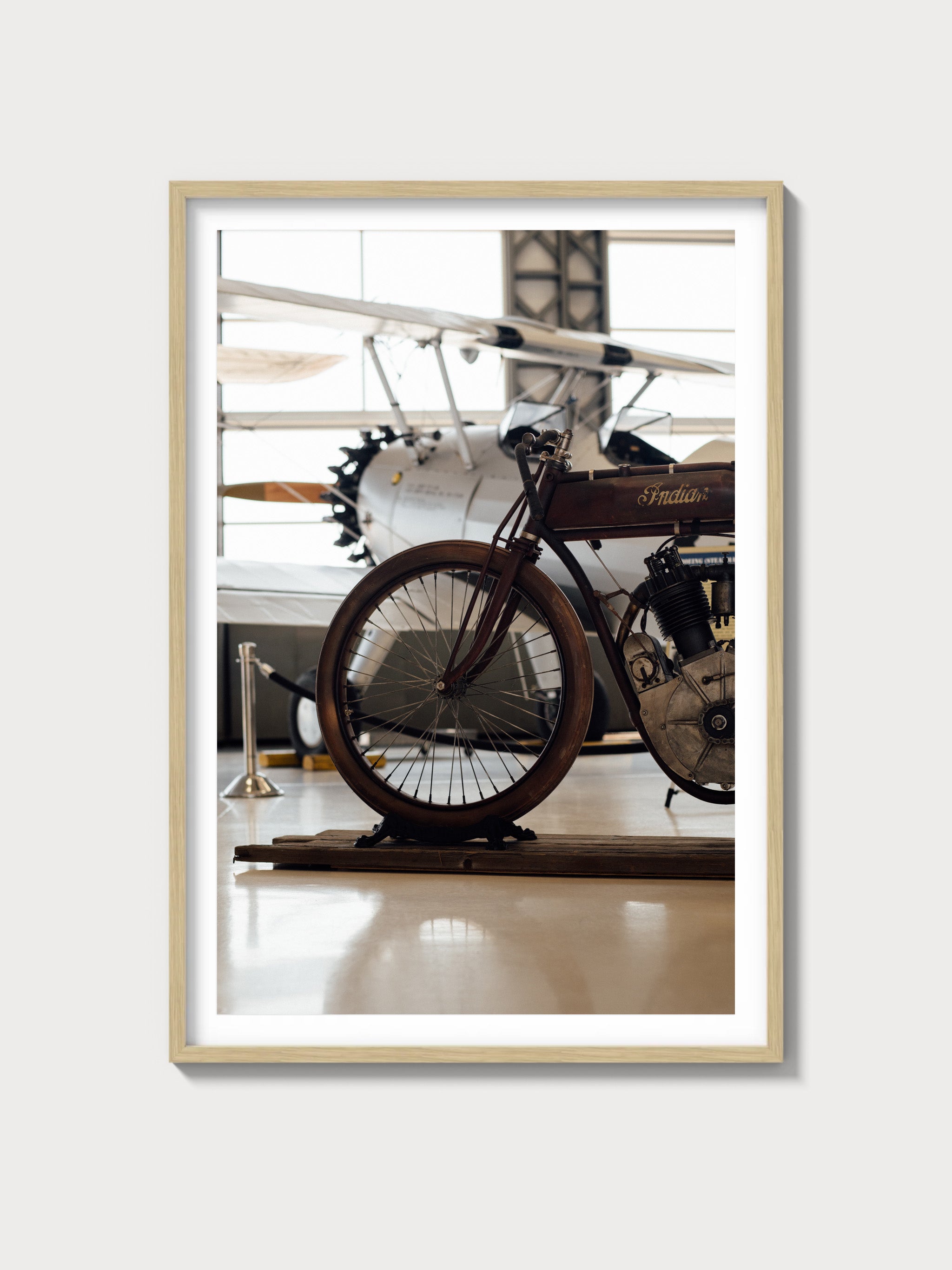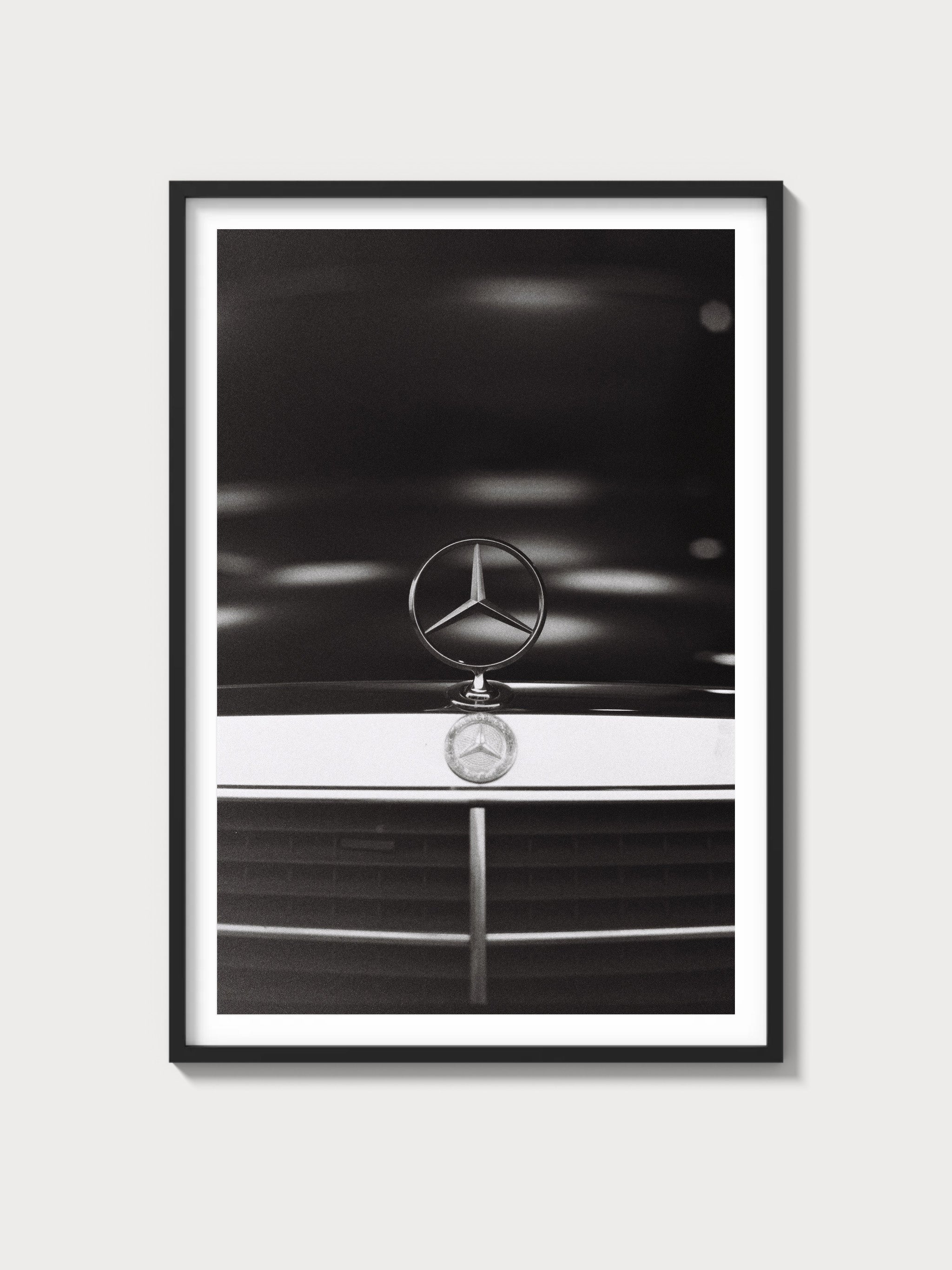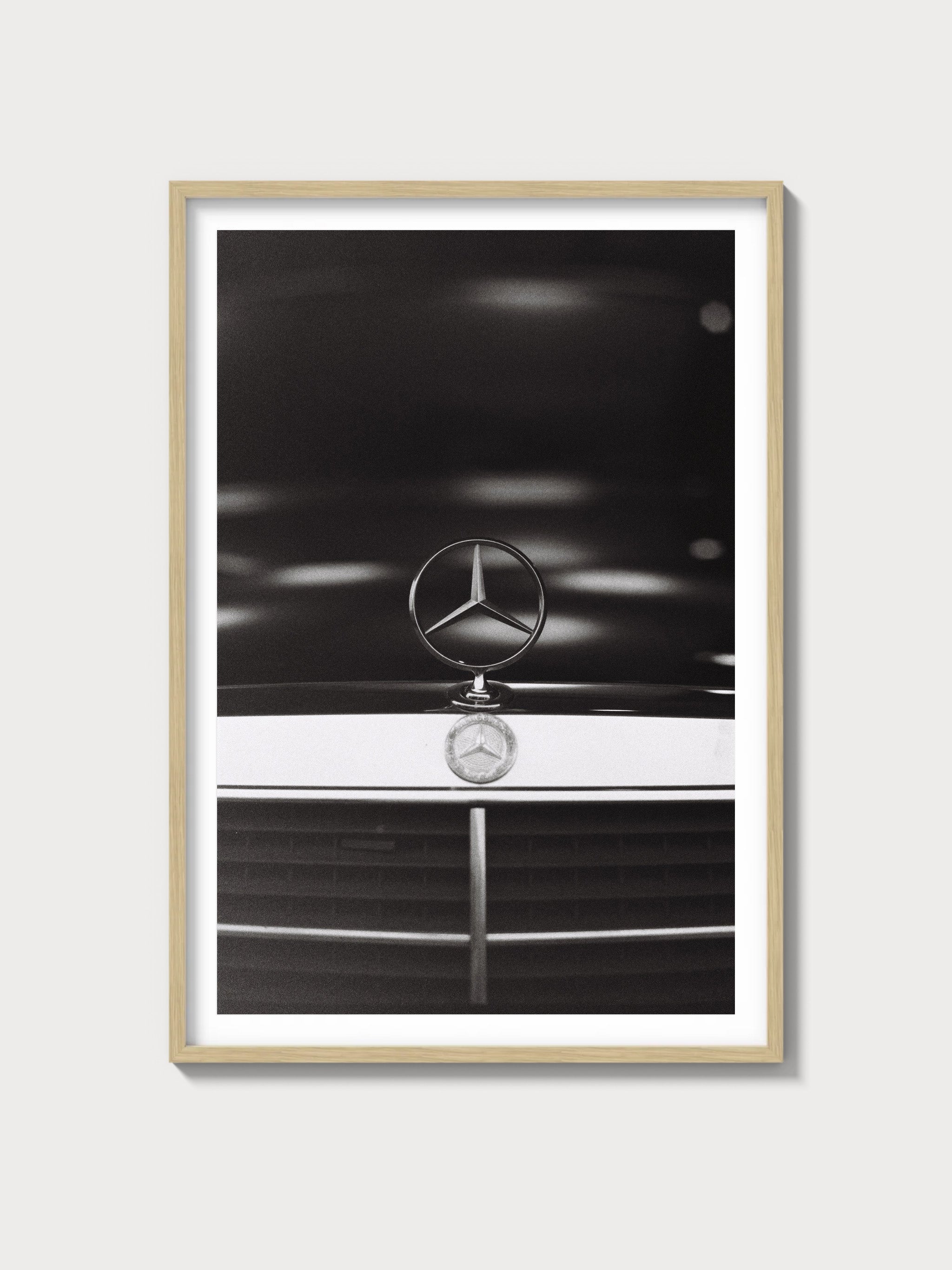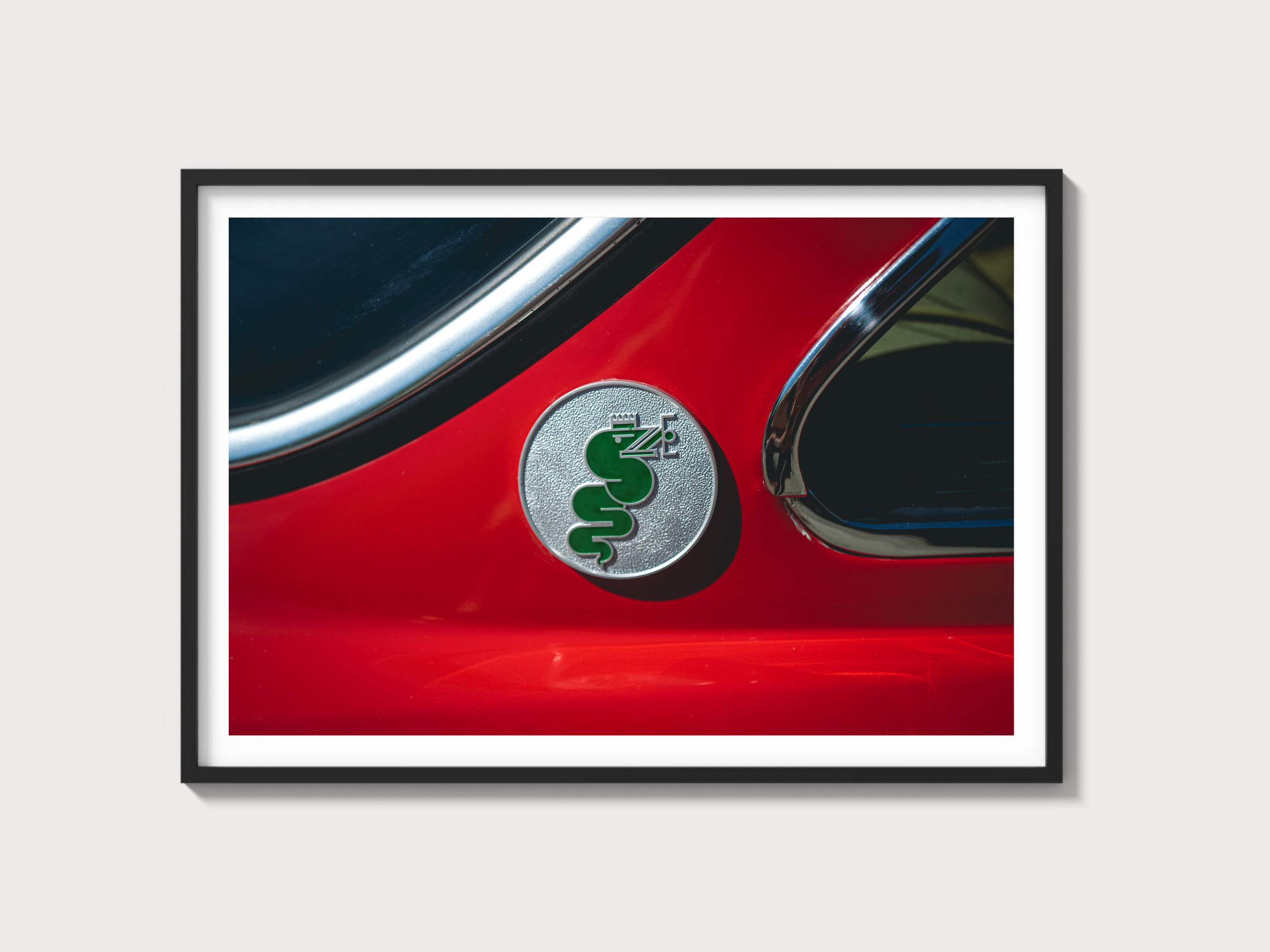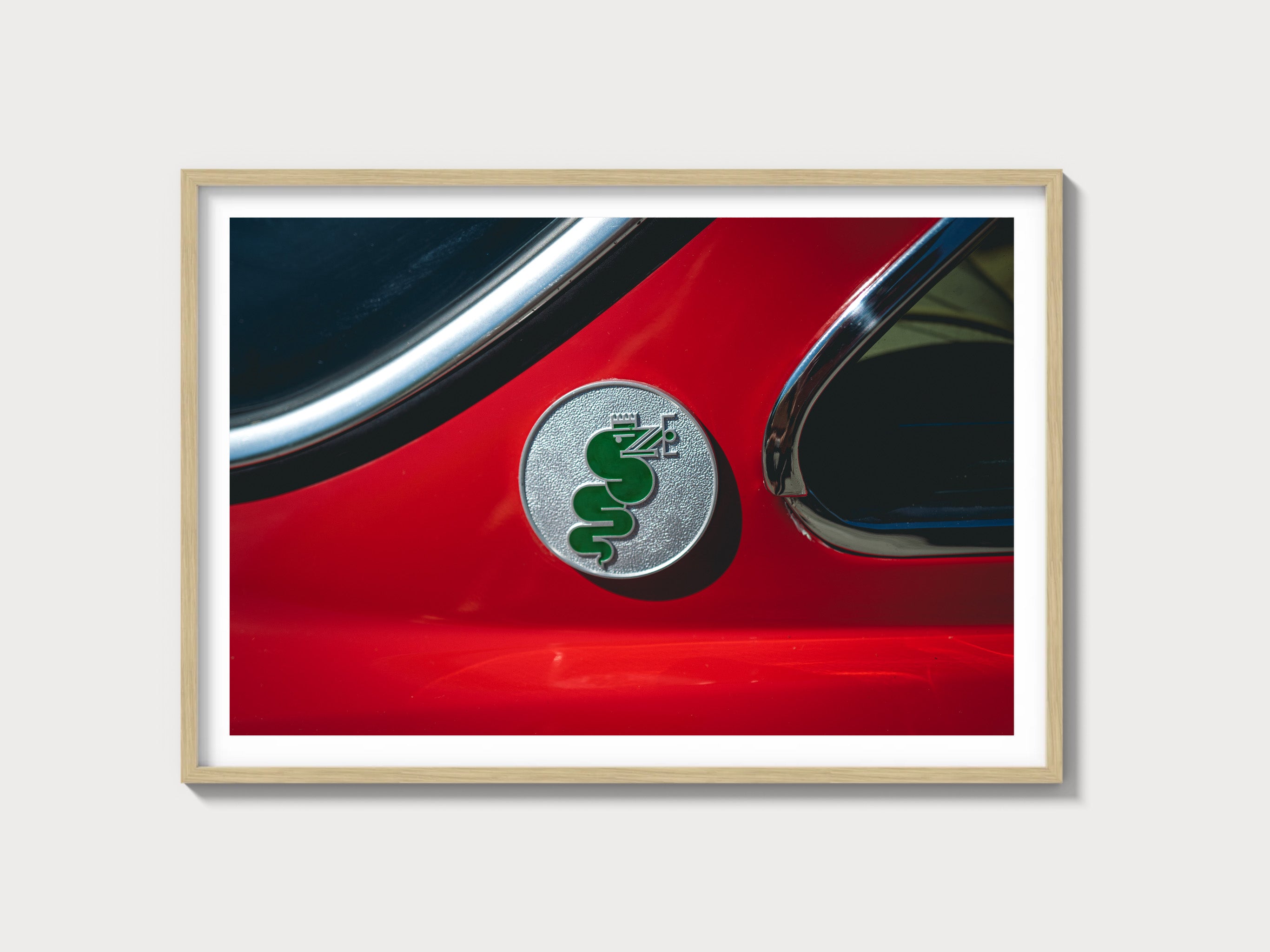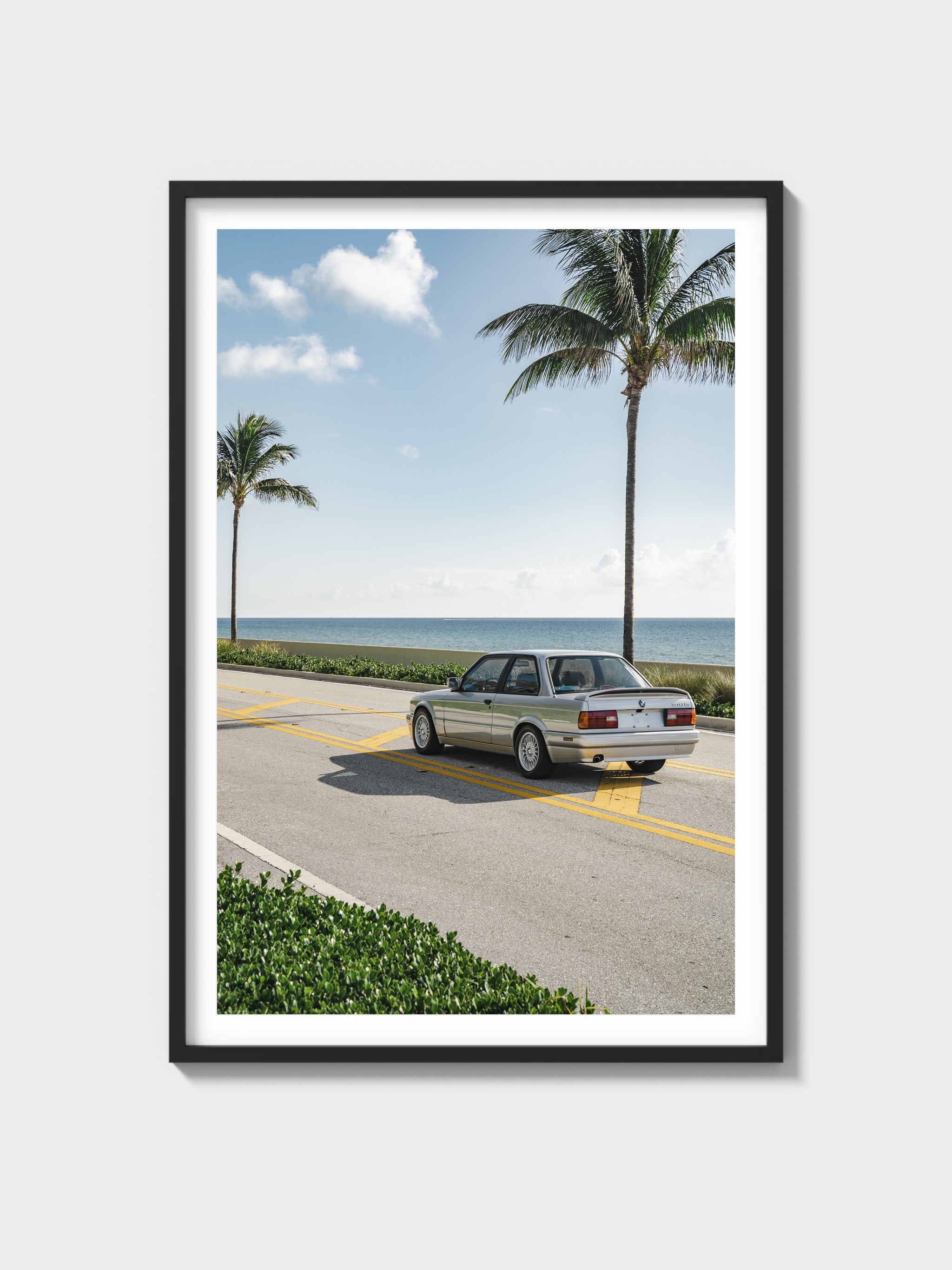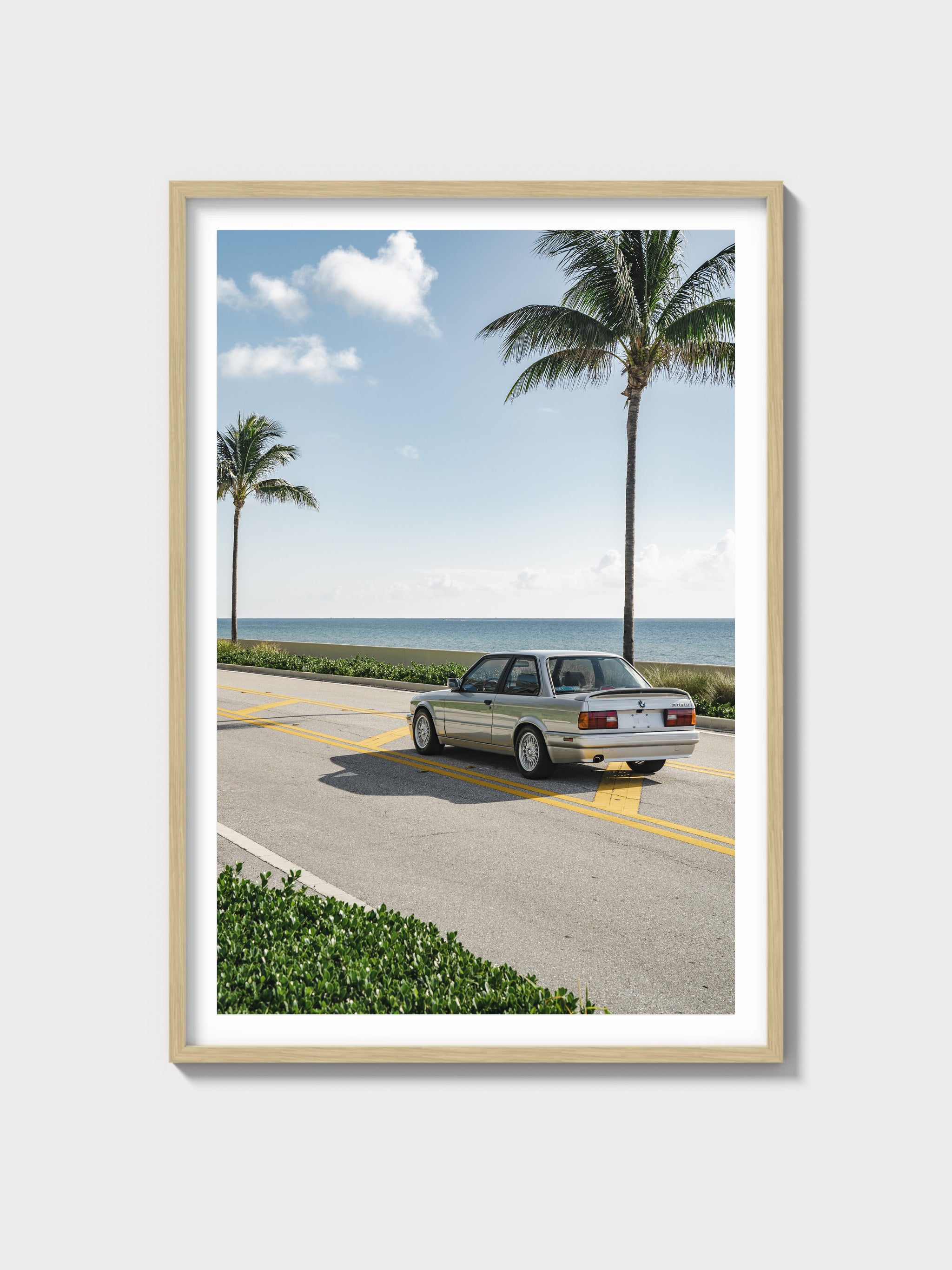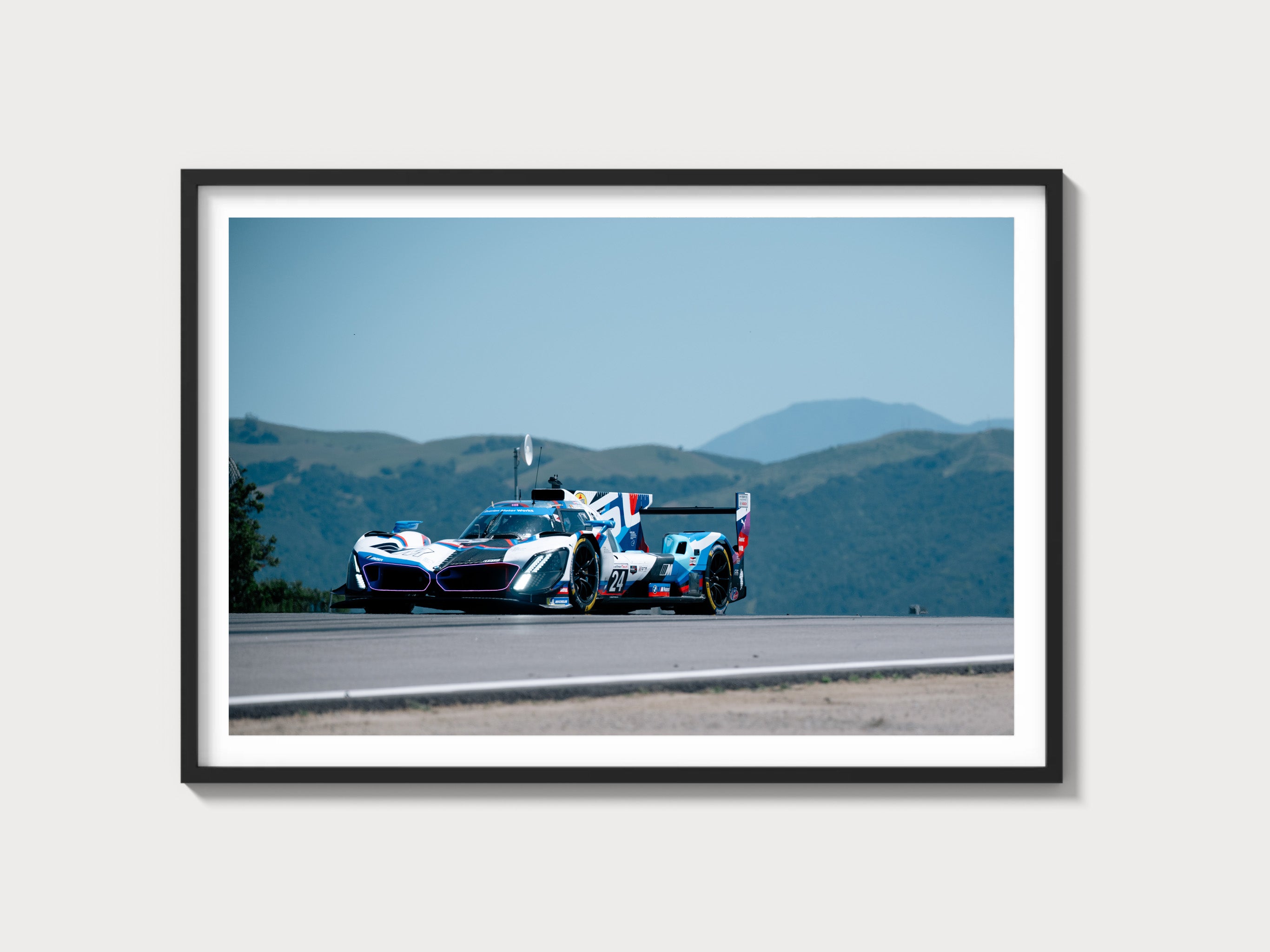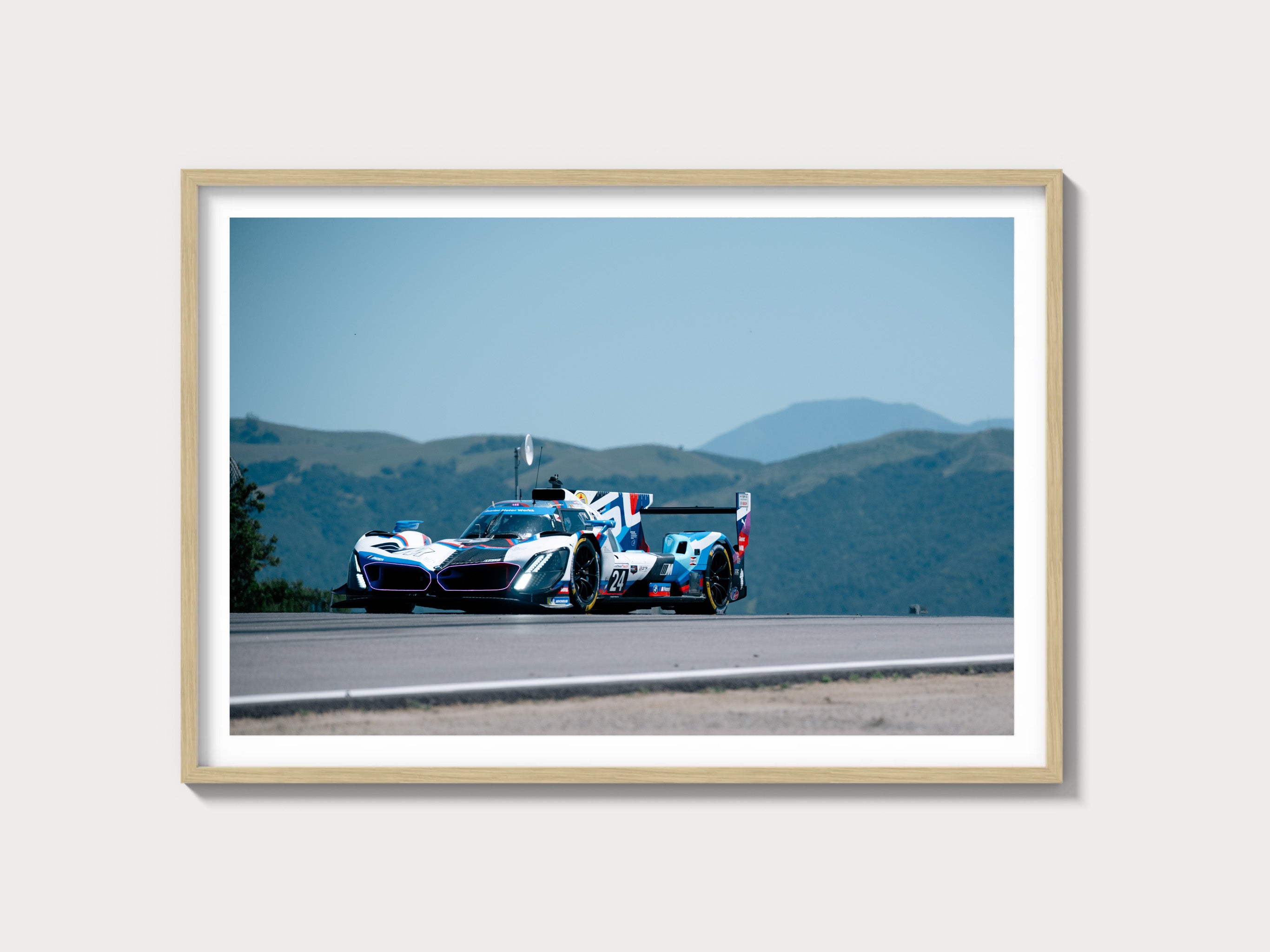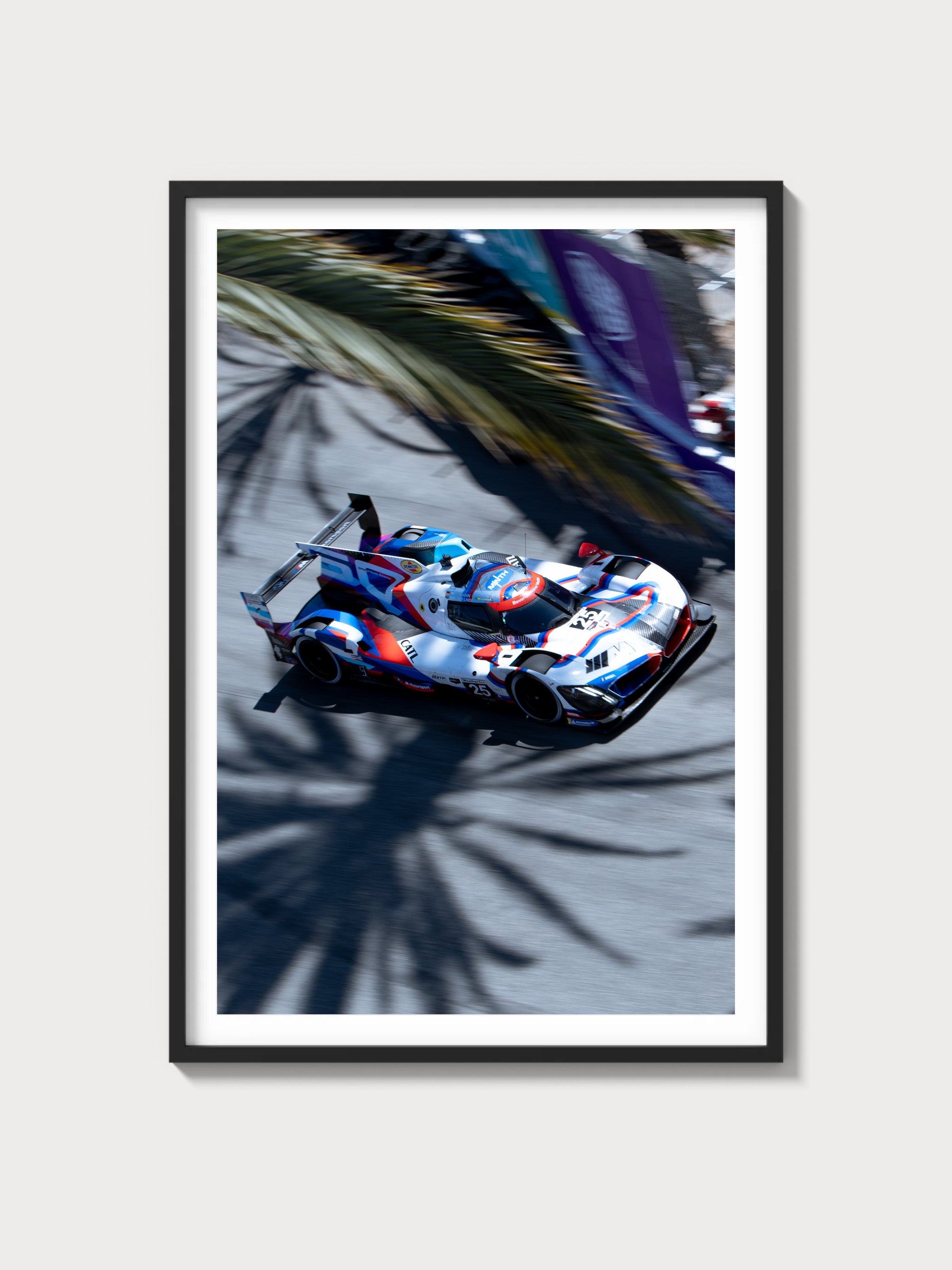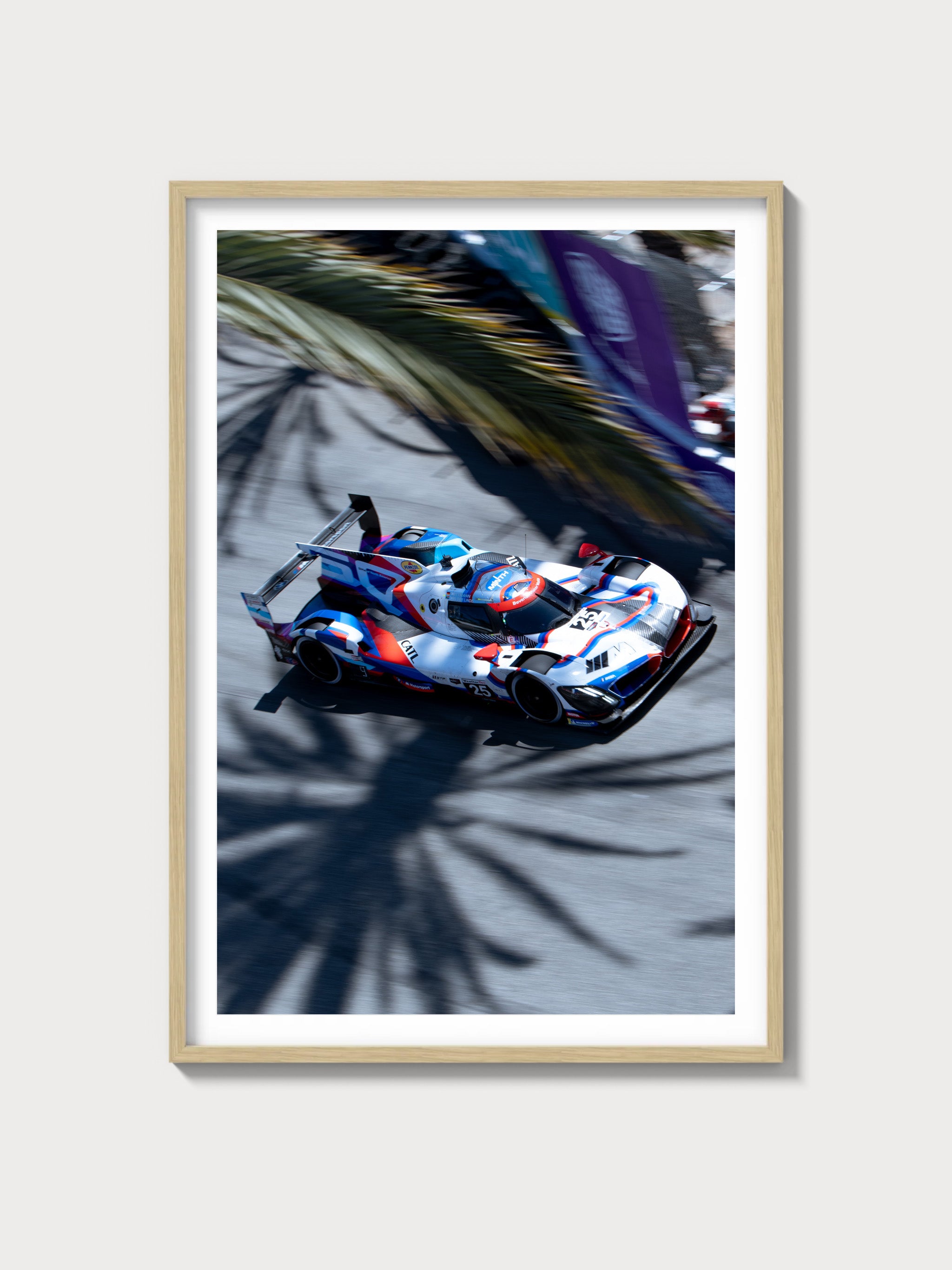1984–1988 Pontiac Fiero Base (First Generation) — The Definitive Enthusiast’s Guide
Historical Context and Development Background
The first‑generation Pontiac Fiero arrived as one of General Motors’ most audacious engineering statements of the 1980s: a mass‑market, mid‑engine American two‑seater built to commuter‑car efficiency targets but packaged like a baby exotic. Internally known as the P‑car, the program was championed by a determined Pontiac team to balance corporate fuel‑economy priorities with Pontiac’s performance identity. The solution was ingenious: a rigid steel spaceframe cloaked in bolt‑on plastic body panels, leveraging parts‑bin pragmatism where necessary but delivering a layout unheard of in a GM showroom.
Design and packaging were executed around the mid‑engine theme, with the 2.5‑liter OHV inline‑four mounted transversely ahead of the rear axle. Early cars shared front suspension geometry with smaller GM platforms and a rear strut setup derived from GM X‑car hardware, while later cars—especially 1988—benefited from comprehensive, Fiero‑specific suspension and brake redesigns.
In motorsport, Fiero punched above its weight. While showroom Base models were economy‑minded, Fiero‑badged prototypes and Super Duty‑powered cars found success in SCCA and IMSA competition, including wins and titles in the IMSA GTP Lights ranks with Huffaker‑built entries. On the street, the Fiero’s competitive set moved quickly from the aging Fiat/Bertone X1/9 to the razor‑sharp Toyota MR2 (AW11). Pontiac responded with incremental improvements every model year and a wholesale chassis/brake rework for 1988.
Engine and Technical Specifications
The Base model throughout 1984–1988 used Pontiac’s 2.5‑liter “Tech IV/Iron Duke” inline‑four—an undersquare, long‑life OHV design tuned for torque and efficiency rather than revs. Early engines used conventional distributor ignition; later cars gained distributorless ignition and internal refinements.
| Model years | Engine configuration | Displacement | Horsepower | Torque | Induction | Redline | Fuel system | Compression | Bore x Stroke |
|---|---|---|---|---|---|---|---|---|---|
| 1984–1986 (Base) | Inline‑4, OHV, 8‑valve (GM Tech IV) | 2.5 L (151 cu in) | 92 hp (approx.) | ~134 lb‑ft | Naturally aspirated | ~5,000 rpm | GM throttle‑body injection (TBI) | ~8.9:1 | 4.00 in x 3.00 in |
| 1987–1988 (Base) | Inline‑4, OHV, 8‑valve with DIS updates | 2.5 L (151 cu in) | 98 hp (approx.) | ~135 lb‑ft | Naturally aspirated | ~5,000 rpm | GM TBI (revised controls/ignition) | ~9.0:1 | 4.00 in x 3.00 in |
Transmissions included a 4‑speed manual in 1984 (with both economy and performance gearsets offered on four‑cylinder cars), an Isuzu‑sourced 5‑speed manual that phased in for four‑cylinder cars thereafter, and a 3‑speed TH125 automatic. All cars used four‑wheel disc brakes; 1988 models switched to vented rotors with revised calipers.
Driving Experience and Handling Dynamics
Even in Base tune, the Fiero’s mid‑engine packaging imparts a sense of occasion and balance uncommon among period commuter coupes. The 2.5‑liter four delivers a broad, low‑rpm torque plateau, making urban driving and short on‑ramp bursts satisfyingly fuss‑free; the tradeoff is a short power band and a decisive fall‑off past about 5,000 rpm. TBI throttle response is clean and progressive rather than razor‑edged.
Steering effort at parking speeds can feel heavy without assist, yet the car tracks faithfully and settles nicely as speed builds. Early‑chassis cars (1984–1987) carry noticeable understeer at the limit and transmit some secondary ride harshness over broken pavement, a byproduct of the parts‑bin suspension geometry. Braking performance is competent but not exceptional on the solid‑rotor cars. The transformation in 1988 is real: new front control arms and knuckles, a tri‑link rear with an added toe link, and vented discs all around deliver calmer responses, better bump absorption, and a markedly more confidence‑inspiring brake pedal on mountain roads.
Among the gearboxes, the 4‑speed’s shorter overall gearing livens up the 2.5 around town; the later 5‑speed adds relaxed cruising and cleaner shift action. The TH125 automatic suits boulevard duty but dulls the car’s modest acceleration.
Full Performance Specifications
| Metric | 1984–1986 Base (2.5, 4‑spd/auto) | 1987–1988 Base (2.5, 5‑spd/auto) |
|---|---|---|
| 0–60 mph | Approx. 9.5–12.0 sec (gearbox‑dependent) | Approx. 9.3–11.5 sec (gearbox‑dependent) |
| Quarter‑mile | Approx. 17.5–18.5 sec | Approx. 17.2–18.0 sec |
| Top speed | ~104–108 mph | ~106–110 mph |
| Curb weight | ~2,460–2,580 lb | ~2,540–2,650 lb |
| Layout | Mid‑engine, rear‑wheel drive; steel spaceframe with plastic body panels | |
| Brakes | 4‑wheel discs (solid rotors) | 4‑wheel discs (vented rotors, revised calipers) |
| Suspension | Front: SLA with coil spring; Rear: Chapman strut (GM components) | Front: new SLA/knuckles; Rear: tri‑link strut with toe link (Fiero‑specific) |
| Gearboxes | 4‑spd manual (various ratios), 3‑spd auto | 5‑spd manual (Isuzu), 3‑spd auto |
Variant Breakdown (Base Trim Across the First Generation)
All entries below refer specifically to the Base four‑cylinder notchback. Where Pontiac did not publish trim‑specific counts, the overall model‑year production total is provided for context.
| Model year | Official trim name | Key identifiers | Mechanical notes | Published production total (all Fieros) |
|---|---|---|---|---|
| 1984 | Base (2M4) | Notchback; minimal applique; 13–14 in wheels | 2.5L ~92 hp; 4‑spd manual or 3‑spd auto | 136,840 |
| 1985 | Base (2M4) | Notchback; subtle trim changes; new colors | 2.5L ~92 hp; 5‑spd manual phased in for 4‑cyl | 76,371 |
| 1986 | Base (2M4) | Notchback; revised fascias on other trims | 2.5L ~92 hp; 5‑spd manual/3‑spd auto | 83,968 |
| 1987 | Base (Coupe) | Notchback; aero addenda optional | 2.5L ~98 hp; DIS ignition; other refinements | 46,581 |
| 1988 | Base (Coupe) | Notchback; new cross‑spoke wheel designs | 2.5L ~98 hp; all‑new suspension; vented discs | 26,402 |
- Color/badge differences: Base cars generally wore simpler bumper covers, minimal lower cladding, and standard wheel designs; SE/GT models added aero fascias, rocker moldings, decklid spoilers, and distinctive badging, while the Base kept a clean, understated look.
- Market split: The Base four‑cylinder constituted a large portion of Fiero sales, particularly in the early years, reflecting the model’s commuter‑friendly brief.
Ownership Notes: Maintenance, Parts, Restoration
- Cooling system vigilance: The Fiero’s long coolant runs beneath the rocker panels are vulnerable to damage from improper jacking. Inspect for crushed aluminum tubes and maintain clean coolant; overheating can cascade into head‑gasket stress even on the stout 2.5L.
- 1984 engine campaign legacy: Early 1984 cars were associated with connecting‑rod failures that could lead to oil leaks onto hot components. Factory campaigns and service fixes addressed shielding and component updates; verify that an early car has documented corrective work.
- Brakes: 1984–1987 rear calipers integrate the parking brake and can be finicky to adjust; sticky cables and mis‑set mechanisms are common. The 1988 vented‑rotor setup is more robust and offers a clear performance upgrade in period‑correct guise.
- Electrical and ancillaries: Headlamp motors (Gen 1 on early years) are known wear items; later units are improved. Check grounds, fusible links, and the instrument cluster’s flexible circuit.
- Transmissions: The 4‑speed Muncie units are tough. The Isuzu 5‑speed shifts nicely but dislikes abusive torque loads. The TH125 3‑speed automatic is simple and durable with regular fluid/filter changes.
- Chassis and corrosion: The composite body panels don’t rust, but the steel spaceframe can. Inspect the rear frame rails, trunk corners (lift the liner), cradle mounts, battery tray, and front crossmember.
- Parts availability: Routine service parts cross with other GM applications and are widely available. Model‑specific items—interior trim, 1988 front hubs, certain brake components, and unique suspension pieces—are more specialized; sourcing good used or reproduction parts is typical.
- Service cadence: Conservative oil change intervals suit the flat‑tappet 2.5L. Keep the TBI air filter fresh, set ignition timing to spec on distributor‑equipped years, and use the correct spark plugs/heat range. Coolant and brake fluid service pays dividends for longevity.
- Restoration difficulty: Mechanically straightforward, with generous access from above and below. Body panel replacement is modular; panel gaps are adjustable but require patience to align correctly. Interior restoration hinges on finding good plastics and seat fabrics.
Cultural Relevance, Collector Interest, and Market
The Fiero Base is emblematic of 1980s American ingenuity: a pragmatic commuter that looked like a concept car. Period media alternately lauded its packaging and chastised its straight‑line performance, yet the car’s silhouette became a pop‑culture fixture. The later chassis refinements and the model’s motorsport halo helped reshape perception.
Collector interest typically concentrates on low‑mile survivors and the substantially improved 1988 cars. Auction catalogs and private sales histories show Base four‑cylinder cars transacting below V6 GTs, with condition and mileage driving the spread; exceptional, delivery‑mile examples have achieved strong premiums relative to driver‑grade cars. Factory originality, documentation, and unmolested spaceframes are key value drivers.
Frequently Asked Questions
Is the 1984–1988 Pontiac Fiero Base reliable?
The 2.5‑liter OHV four is a durable, low‑stress engine when maintained. Early 1984 connecting‑rod issues were addressed by factory campaigns; ensure compliance. Pay close attention to cooling system integrity, brake maintenance, and electrical grounds.
How quick is the Base model?
Expect roughly mid‑to‑high‑9s to low‑12s for 0–60 mph depending on year and gearbox, with top speeds in the 104–110 mph range. The 1987–1988 cars feel livelier thanks to the small bump in power and improved gearing.
What changed in 1988?
Comprehensive, model‑specific suspension and brake updates: new front control arms/knuckles, a revised rear tri‑link with a separate toe link, and vented discs. These changes yield better ride, stability, and brake feel.
Which gearbox suits the 2.5L best?
The 5‑speed manual pairs well with the engine’s torque curve and reduces highway revs. The 4‑speed delivers a punchier around‑town feel. The TH125 automatic is durable but trims performance.
Known problem areas?
Crushed coolant tubes from improper jacking, sticky parking‑brake hardware (’84–’87), aging headlight motors, and corrosion at the battery tray and rear frame rails. Interior plastics and seat fabrics can be fragile with age.
Are parts easy to find?
Service items are common GM fare. Specialty Fiero components—particularly 1988 front hubs and certain interior trim—require dedicated vendors or good used parts. Brake upgrades and suspension refresh kits are readily supported in the enthusiast market.
What are the differences between Base and higher trims?
Base cars are four‑cylinder notchbacks with simpler exterior trim and standard wheels/tires. SE and GT models added aero fascias, spoilers, wider tires, and (on most) the 2.8‑liter V6; chassis/brake hardware is shared in principle, with 1988 receiving the across‑the‑board redesign.
Value trajectory?
Within the Fiero family, Base models generally trail V6 GTs in price, but well‑preserved, low‑mile Base cars—especially 1988s—are increasingly appreciated for their purity and drivability. Documentation and originality have outsized influence on sale results.
Why the Fiero Base Still Matters
Viewed in total, the first‑generation Fiero Base delivers a uniquely American take on the mid‑engine formula: simple to service, clever in structure, and engaging at sane speeds. The 1988 cars in particular reveal what Pontiac’s engineers always intended. For enthusiasts and collectors, the appeal lies in the combination of design, packaging, and a driving experience that’s more than the sum of its parts.

